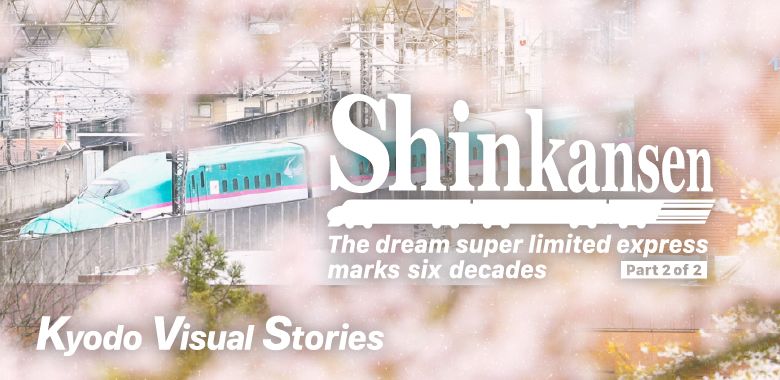
Just nine days prior to the opening of the 1964 Tokyo Olympics -- the first Olympics hosted in Asia -- the Tokaido Shinkansen Line was launched between Tokyo and Shin-Osaka stations.
The shiny new train reached top speeds of 210 kilometers per hour from the first day it began operating on Oct. 1, becoming the world's first high-speed rail service to travel in excess of 200 kph.
As 2024 marks 60 years since the bullet train was first put into service, this visual story traces the history of what has become one of the most recognizable symbols of postwar Japan.
Symbol of Japan's rapid economic growth
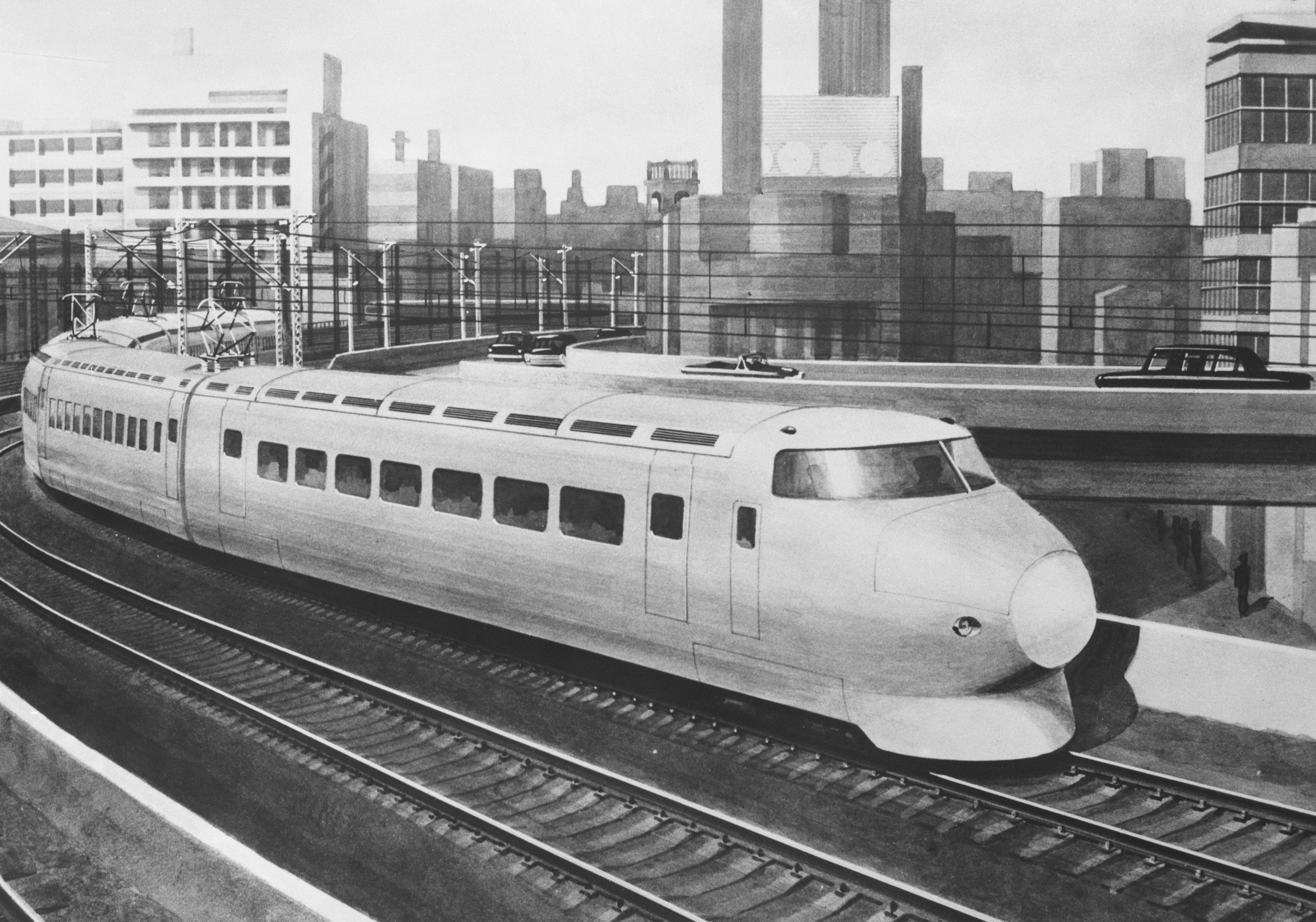

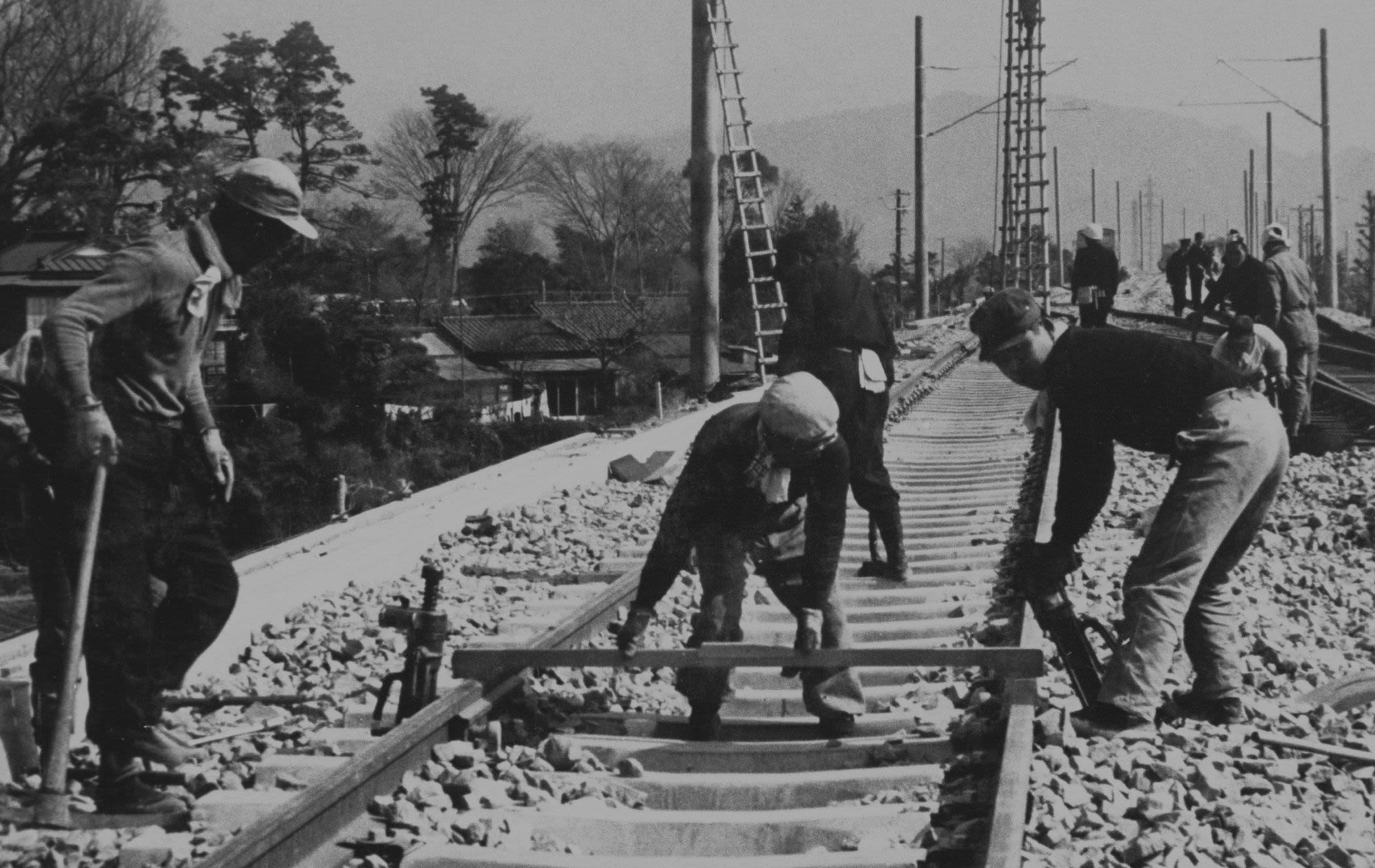
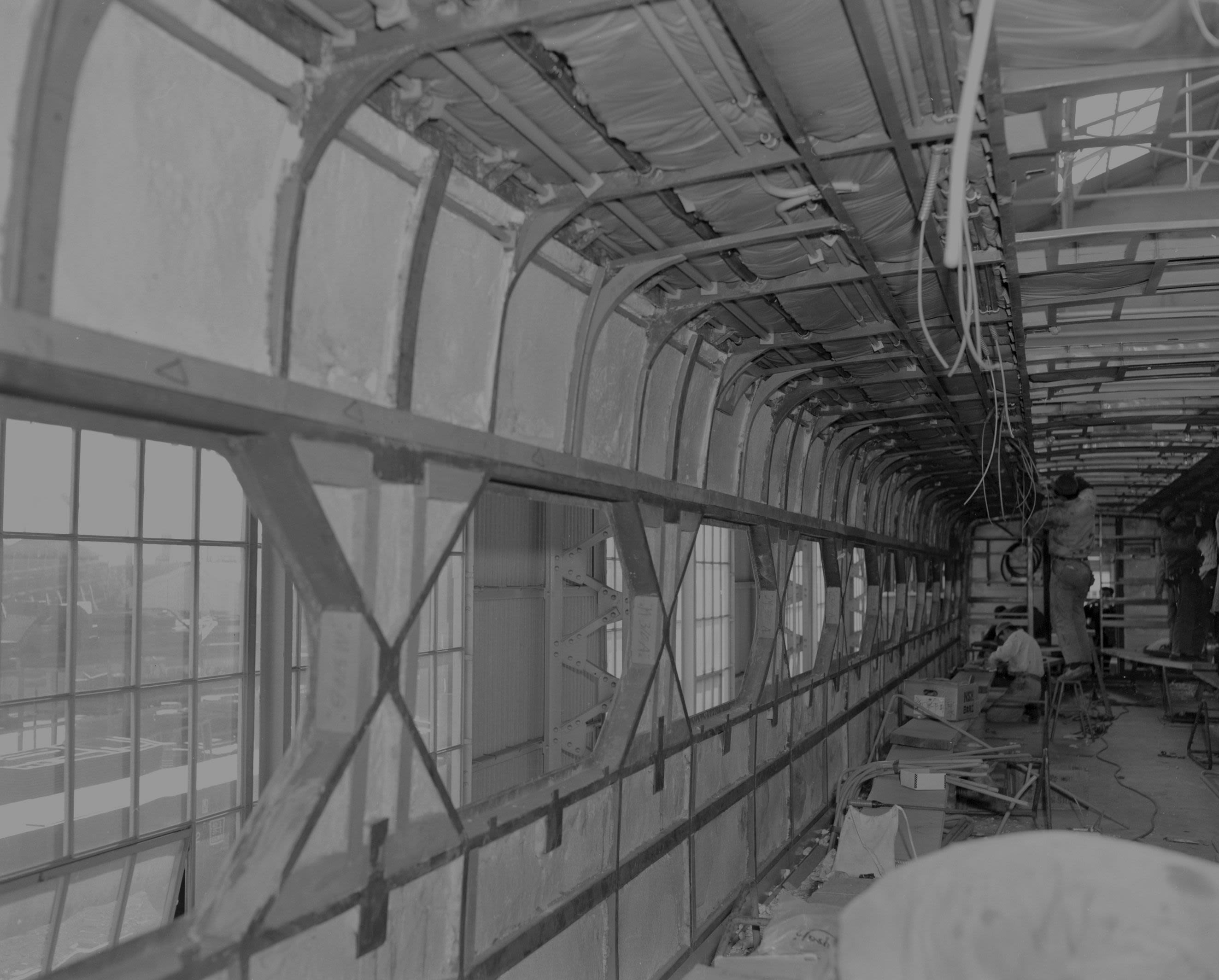
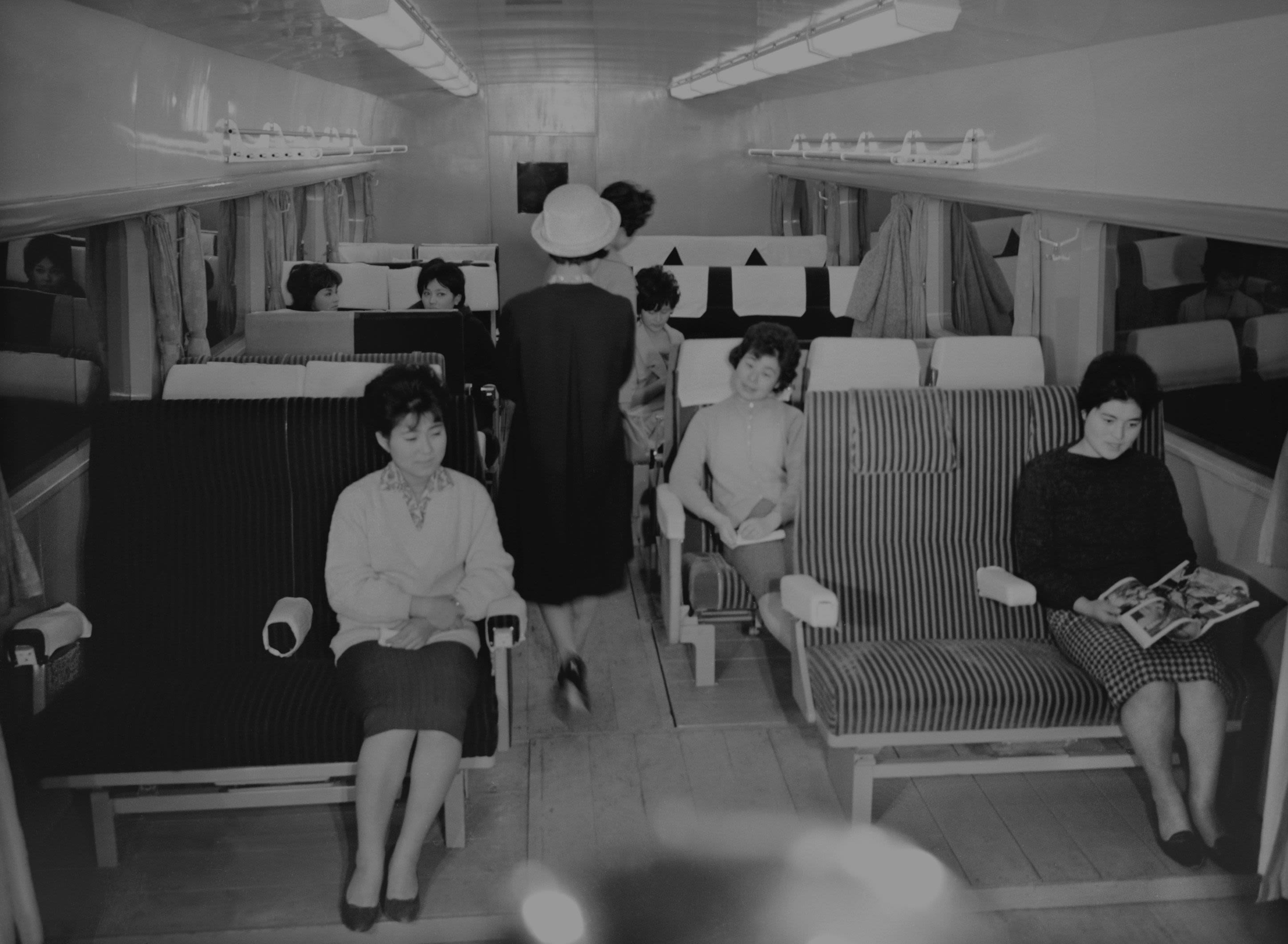
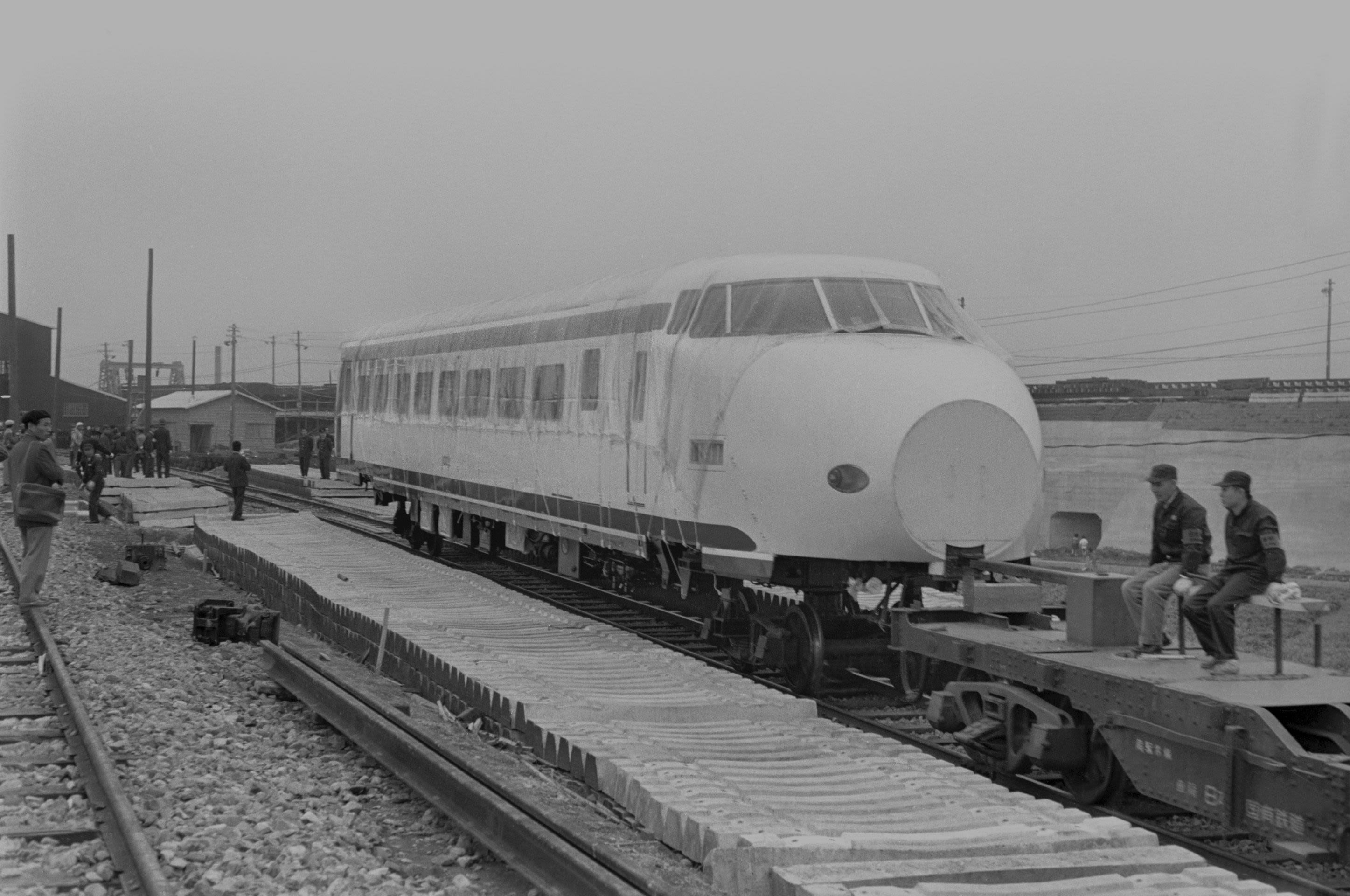
1964 saw a defeated country rising from the ashes of World War II and moving toward a high-growth era. Planning for the Tokaido Shinkansen Line began in the 1950s within the state-run Japan National Railways, with construction beginning in 1959.
The idea of a super limited express train was put forward by Shinji Sogo, who became the fourth JNR president in 1955. Along with Hideo Shima, the chief of engineering who designed the beloved D51 steam locomotive, Sogo pushed vigorously for the bullet train "national project."
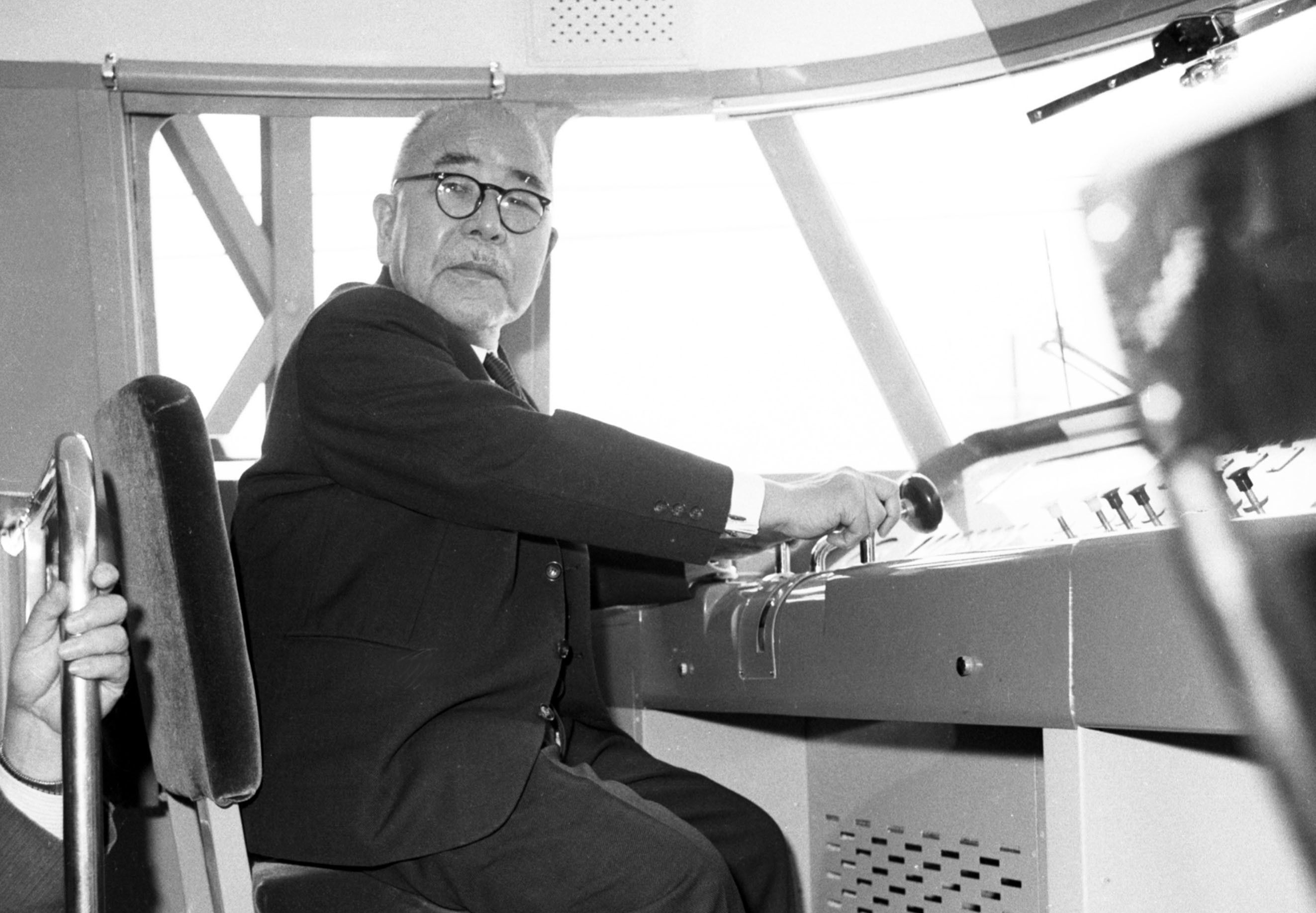
JNR President Shinji Sogo in the cockpit of a test shinkansen model in 1962.
JNR President Shinji Sogo in the cockpit of a test shinkansen model in 1962.
With air travel on the rise and automobiles becoming increasingly commonplace in Japan as in Europe and the United States, some had already begun discussing the possibility that railways may have begun their decline as a form of public transport.

A family washes a car in 1960.
A family washes a car in 1960.
Despite Sogo's marching order that "the dream super limited express" be completed within five and a half years, before the Olympics' opening, many JNR employees are said to have been skeptical about the timeline.
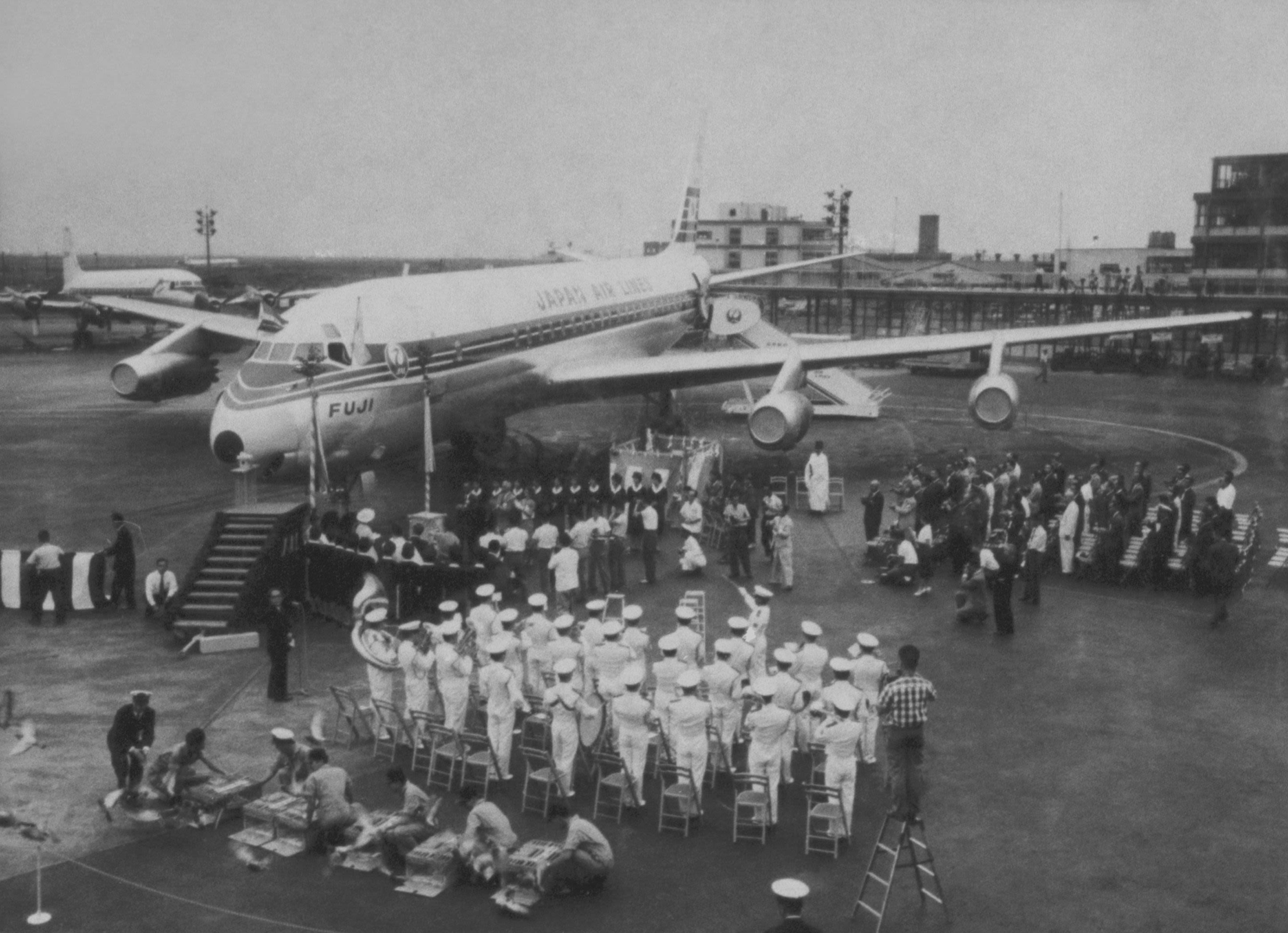
DC-8 airliner, the first passenger jet used by a Japanese airline, is pictured in 1960.
DC-8 airliner, the first passenger jet used by a Japanese airline, is pictured in 1960.
One JNR worker, who joined the railway operator the year the shinkansen construction began, said the "dream" had meant to them that whether the project would be completed within the time frame was "fifty-fifty." Still, the project continued at a brisk pace, while generating high expectations among the public.
However, construction costs ballooned, with soaring land prices and rising materials and personnel costs hitting the project hard. Initially projected at 170 billion yen, the venture ended up costing roughly 380 billion yen.
To put it in perspective, when the shinkansen debuted in 1964, a bowl of ramen noodles cost 60 yen, while the initial fare for a taxi ride was set at 100 yen in Tokyo. Fresh college graduates earned about 20,000 yen a month, according to a 1963 survey.
Despite securing loans from the World Bank, Sogo and Shima were forced to resign in 1963 before the shinkansen service began to take responsibility for the enormous cost overruns.
Developed with cutting-edge technology
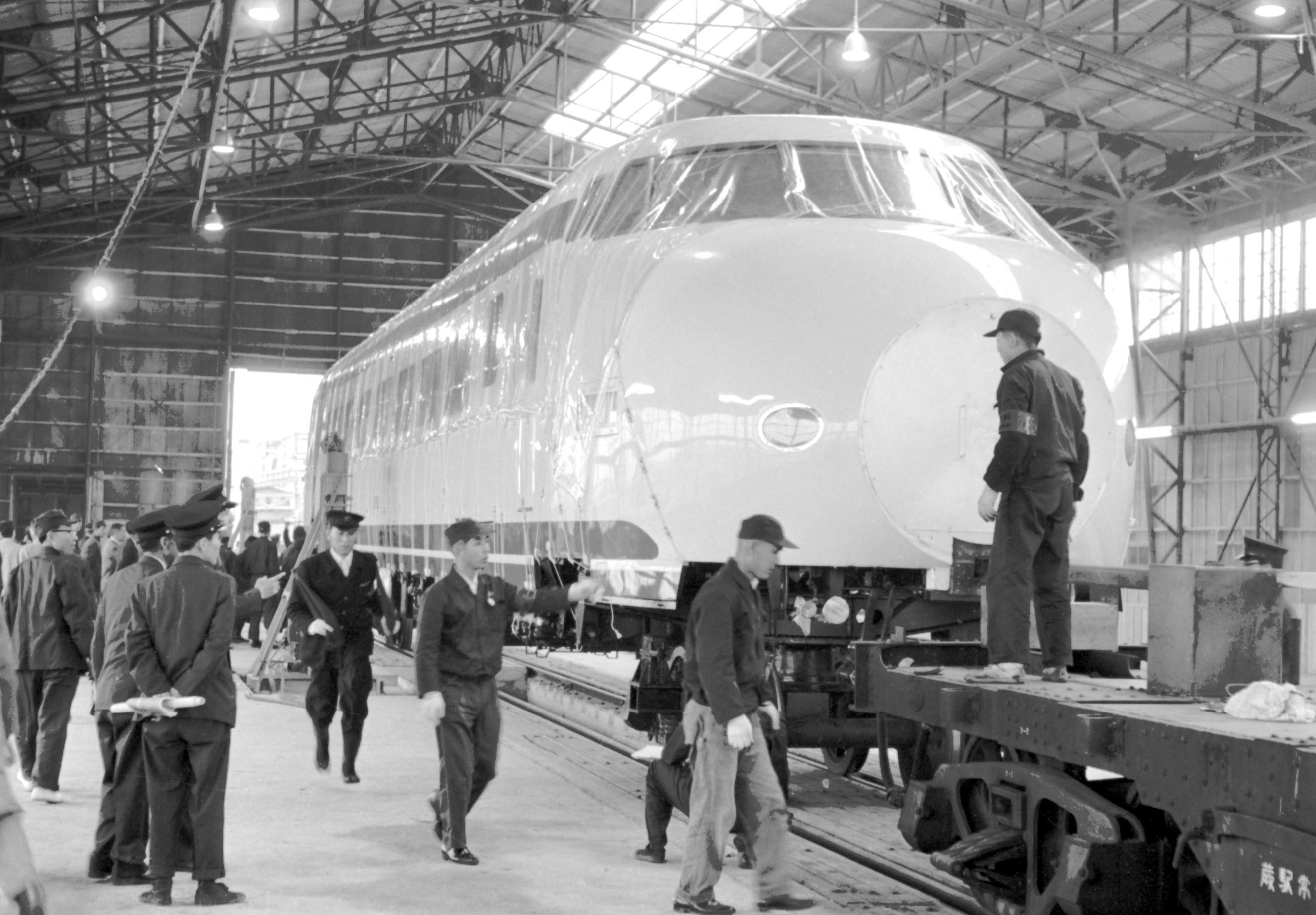

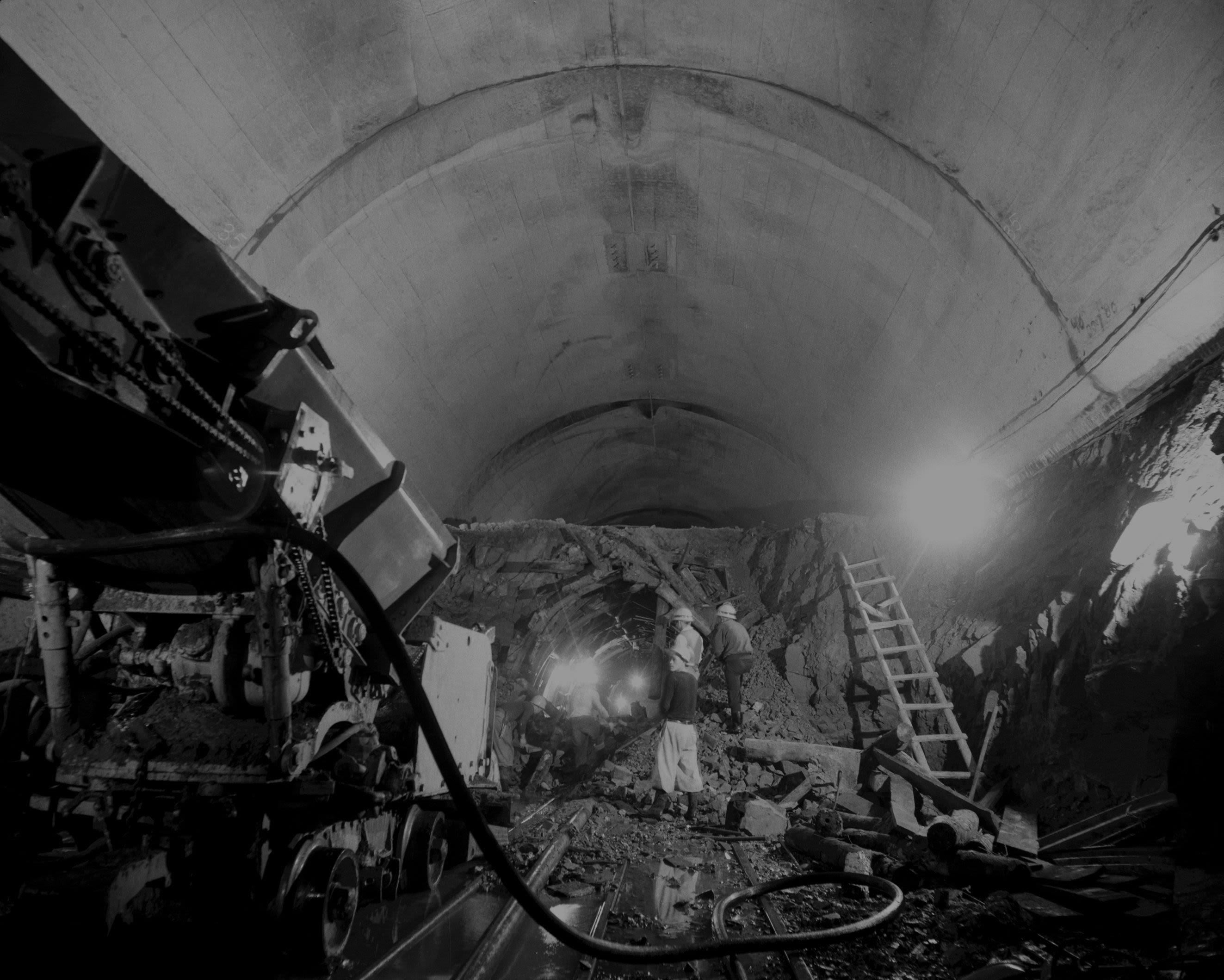

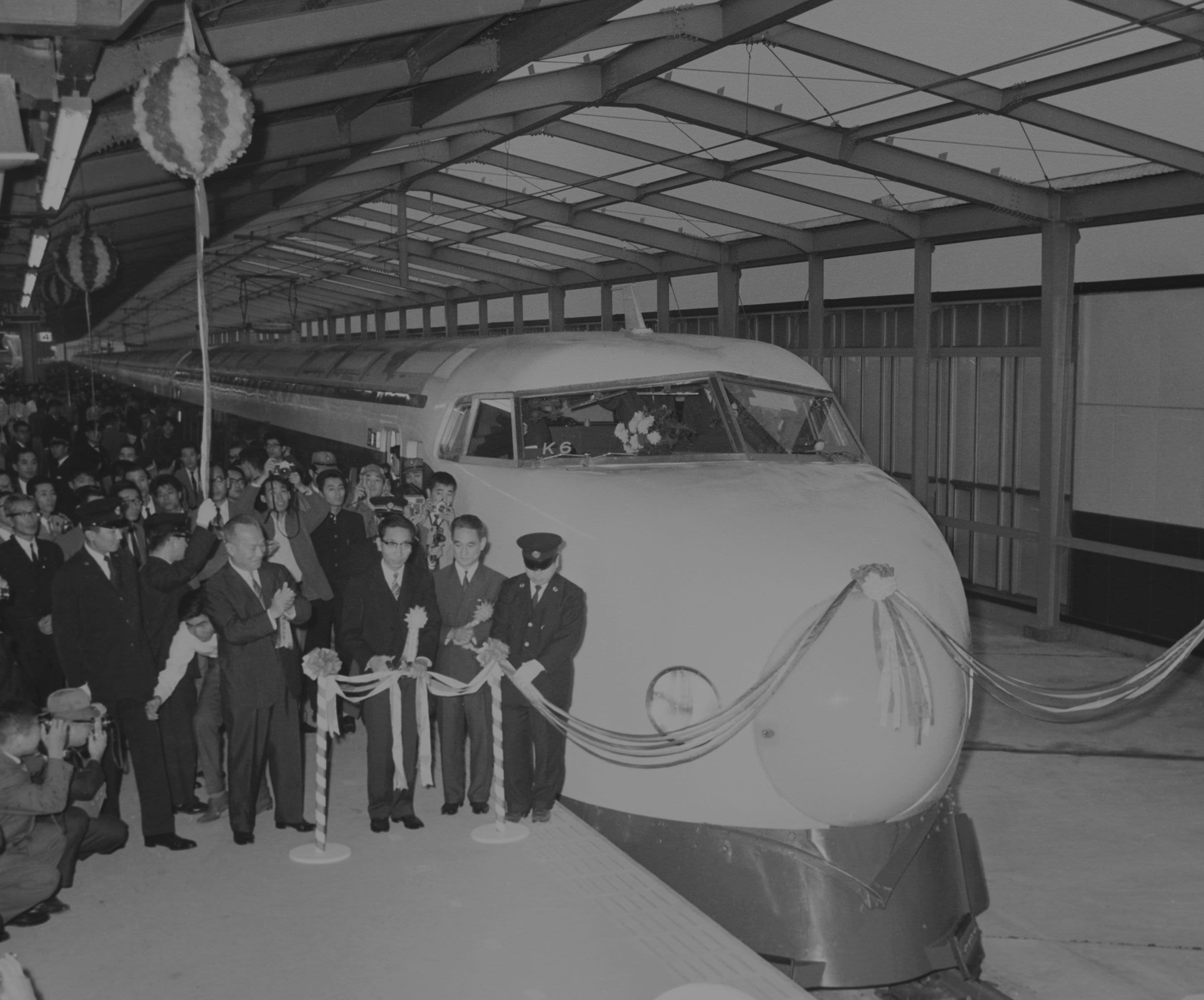
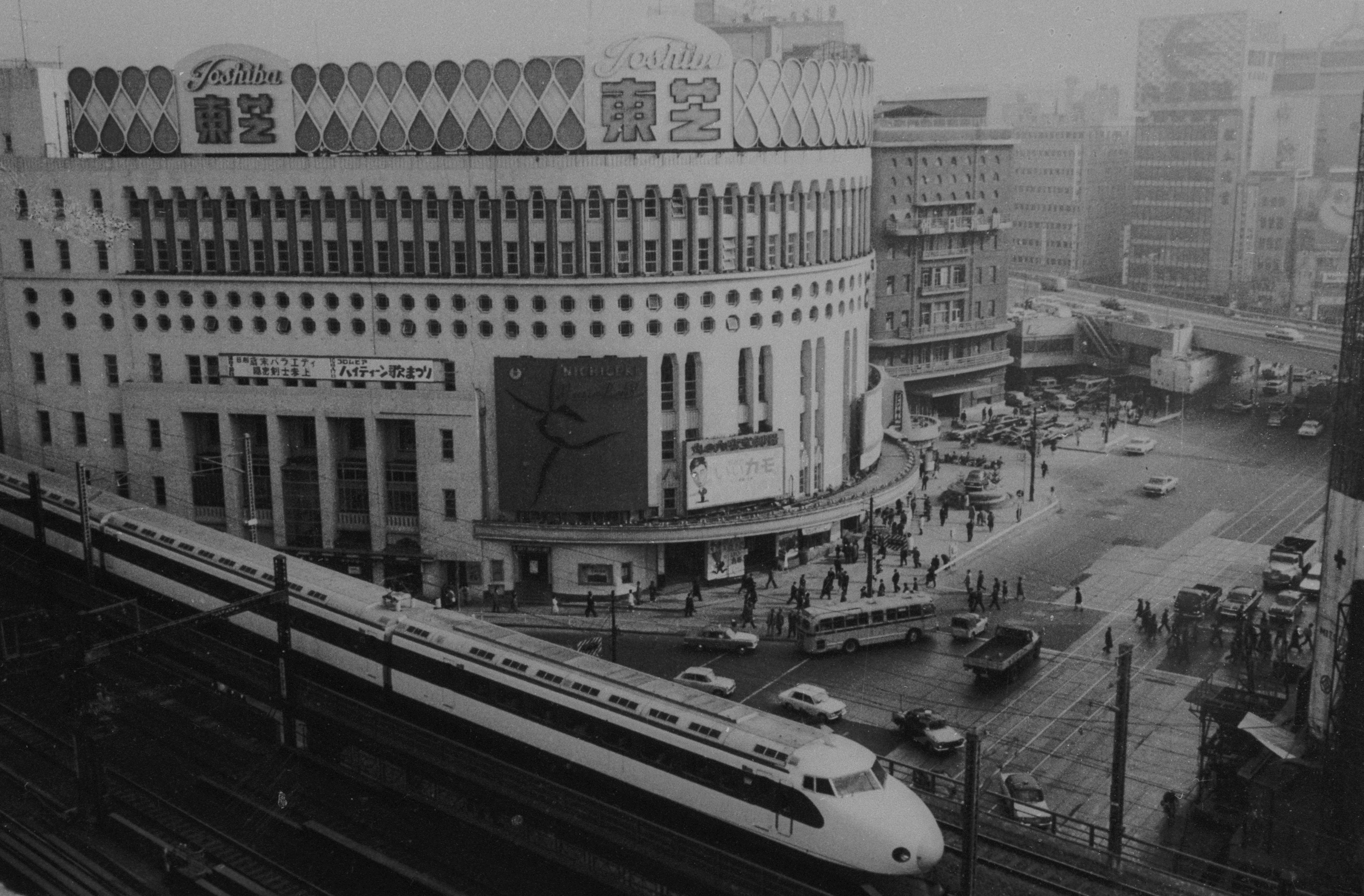

The ambitious target of having the Tokaido Shinkansen project completed in a remarkably short five-and-a-half years owes a lot to wartime Japan's legacy. Also called a "bullet train" project, there was a plan to build a nine-hour rail service connecting Tokyo and Shimonoseki in western Japan.
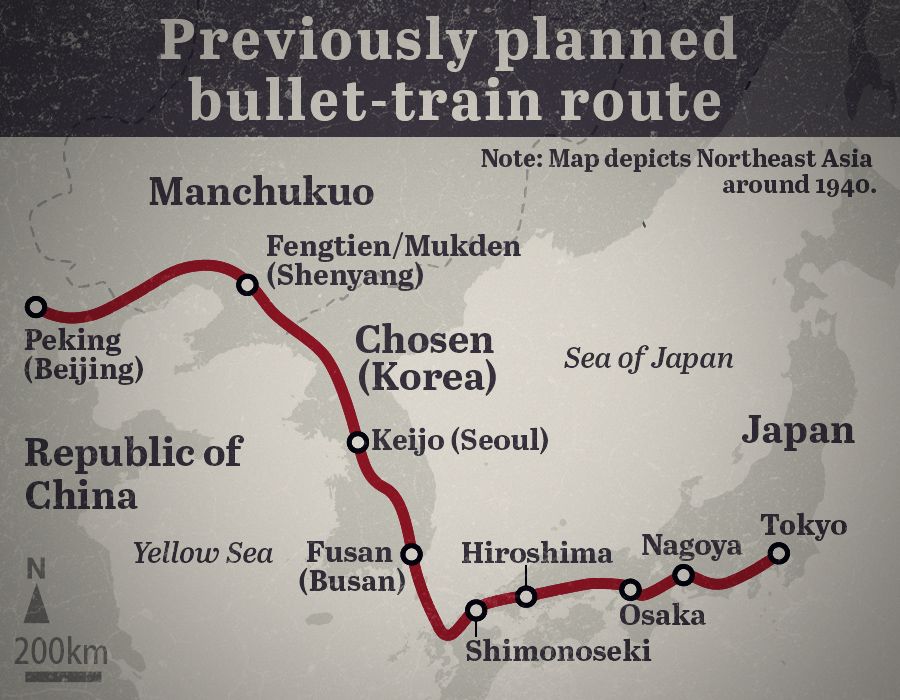
Construction began in 1941, with the ultimate goal of linking Tokyo and Beijing across the sea. But after some work, including on the Shintanna Tunnel in Shizuoka Prefecture, the project was terminated amid Japan's worsening war prospects.
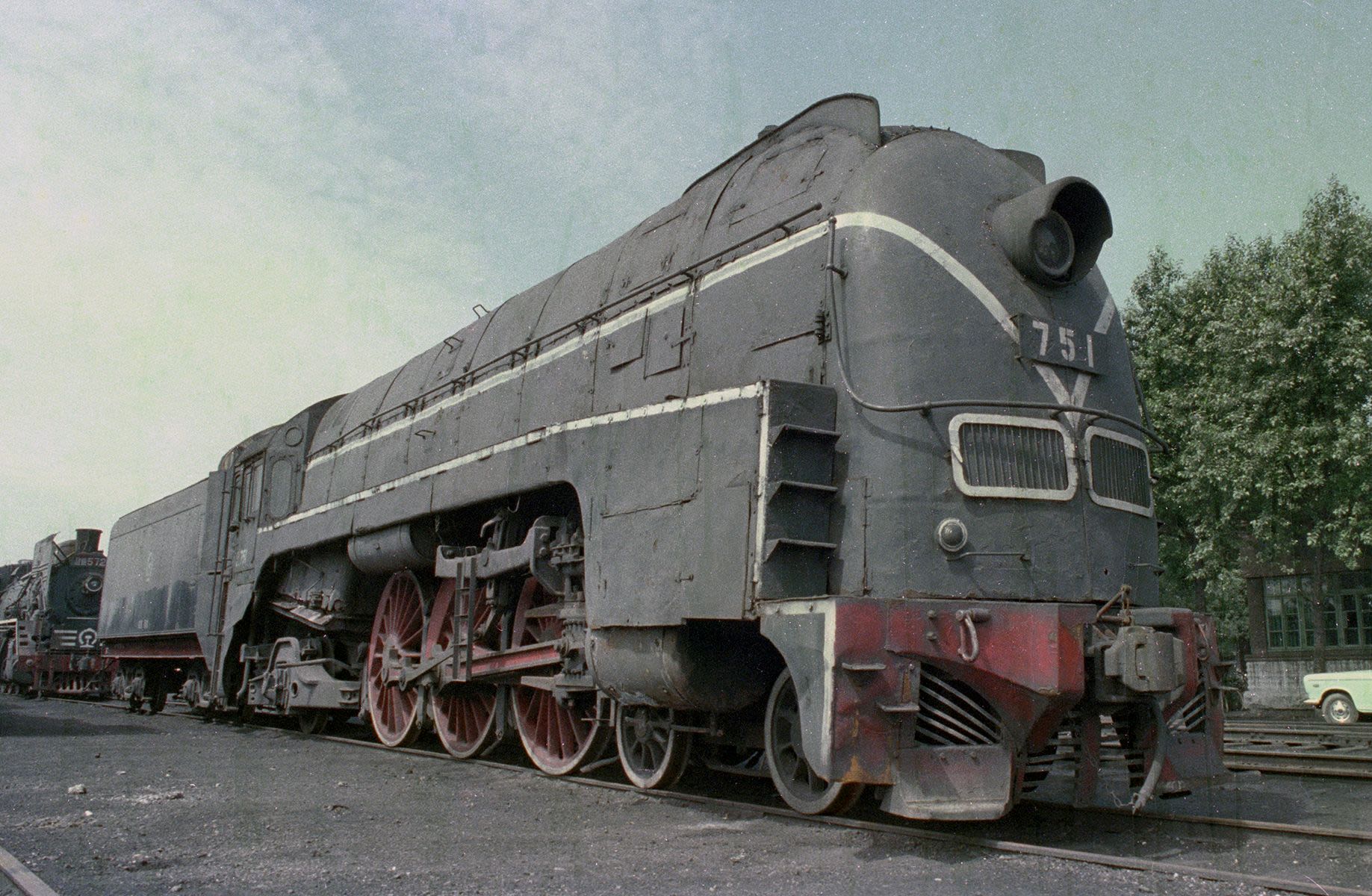
Streamlined steam locomotive used for "Asia Express" on the South Manchuria Railway. It is said to have been a model for future bullet trains.
Streamlined steam locomotive used for "Asia Express" on the South Manchuria Railway. It is said to have been a model for future bullet trains.
Under the unfinished project, tracts of land were bought and some tunnel work had been done, and the Tokaido Shinkansen Line was built partially on this legacy.
Behind the development of the original "0 (zero) series" shinkansen, which was put into service in 1964, were former military engineers who had lost the outlets for their skills following Japan's defeat in 1945. Engineers who designed the train's bogies, which house wheelsets, included those who had been involved in research for the carrier-based Zero fighter plane during the war. The train reached a top speed of 256 kph during a pre-opening test run.
Among those present at the launch ceremony at Tokyo Station on Oct. 1, 1964, was JNR President Reisuke Ishida. After Ishida cut the ribbon, the "Hikari No. 1" train departed at 6 a.m., while a brass band played a marching song. From Shin-Osaka Station, the "Hikari No. 2" train left for Tokyo at the same time, traveling along the four-hour route more or less as scheduled.
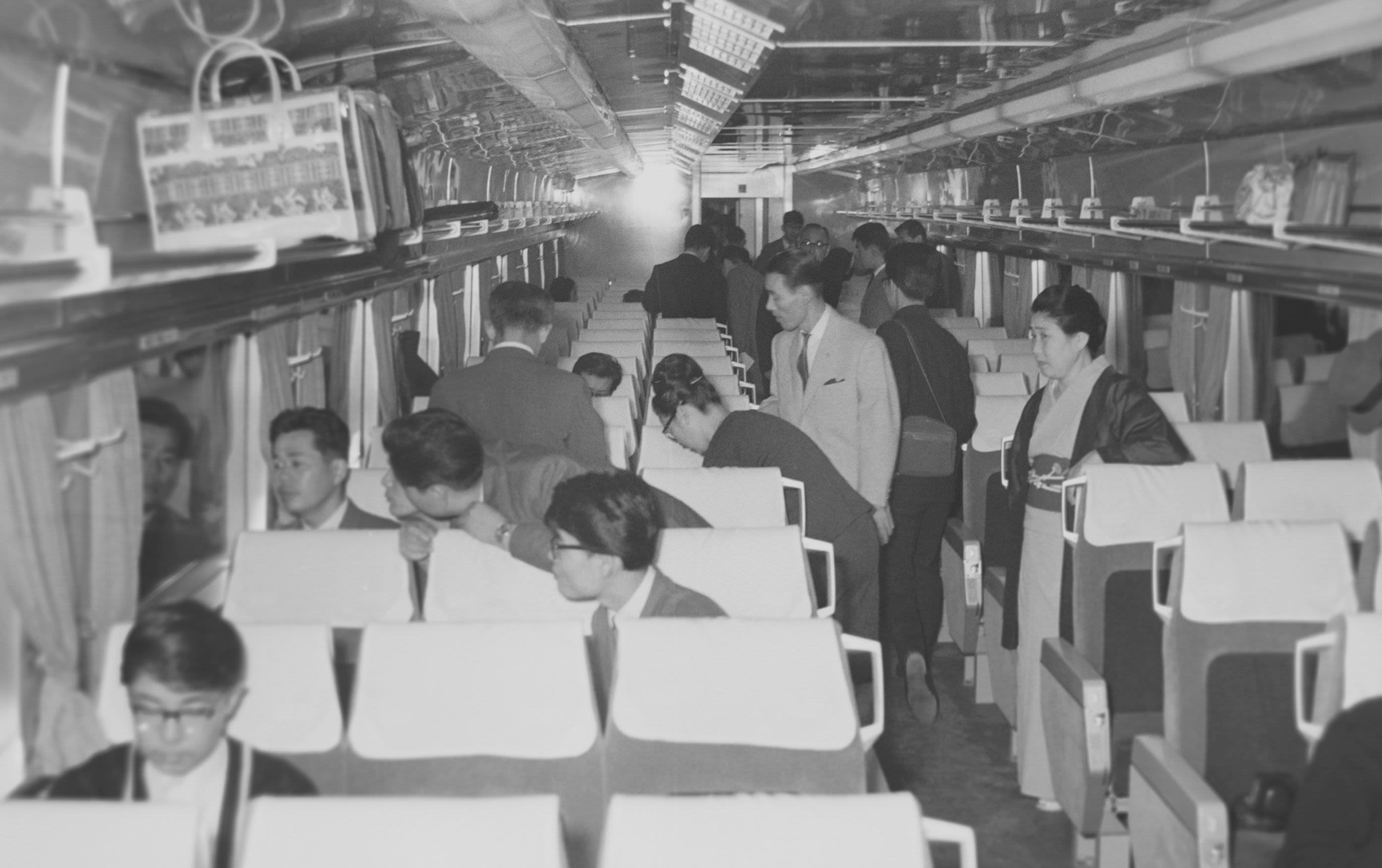
Passengers ride a second-class car on the first shinkansen train from Shin-Osaka Station on Oct. 1, 1964.
Passengers ride a second-class car on the first shinkansen train from Shin-Osaka Station on Oct. 1, 1964.
Then Emperor Hirohito and Empress Nagako, the grandparents of the current Emperor Naruhito, attended an opening ceremony held at the JNR headquarters. In his remarks, the emperor said he "deeply appreciate(s)" the shinkansen project's completion after seeing it overcome "numerous difficulties."
Once it went into service, the newly built shinkansen connected Tokyo and Osaka in four hours, down from around seven hours previously. The new service made it possible for people to go between the two cities on day trips, which had a huge impact on the Japanese economy and society. To prioritize speed, the shinkansen adopted a wider track gauge of 1,435 millimeters, rather than the 1,067 mm narrow gauge used for non-shinkansen services -- conventional trains that were common in Japan.
In the quest to ensure the new line operated safely, JNR engineers worked to incorporate the leading technologies of the day into the world's first high-speed rail service. One of particular note was the Automatic Train Control system, or ATC, designed to regulate train speeds. It was the first time the safety system was applied to JNR's operations. The improvements made to the ATC system, alongside other efforts that were made to ensure safety, partly attest to the impressive safety record of the shinkansen service. There has never been a train accident in which passengers died while aboard a shinkansen train, and its world-famous punctuality is also noteworthy.
To the West
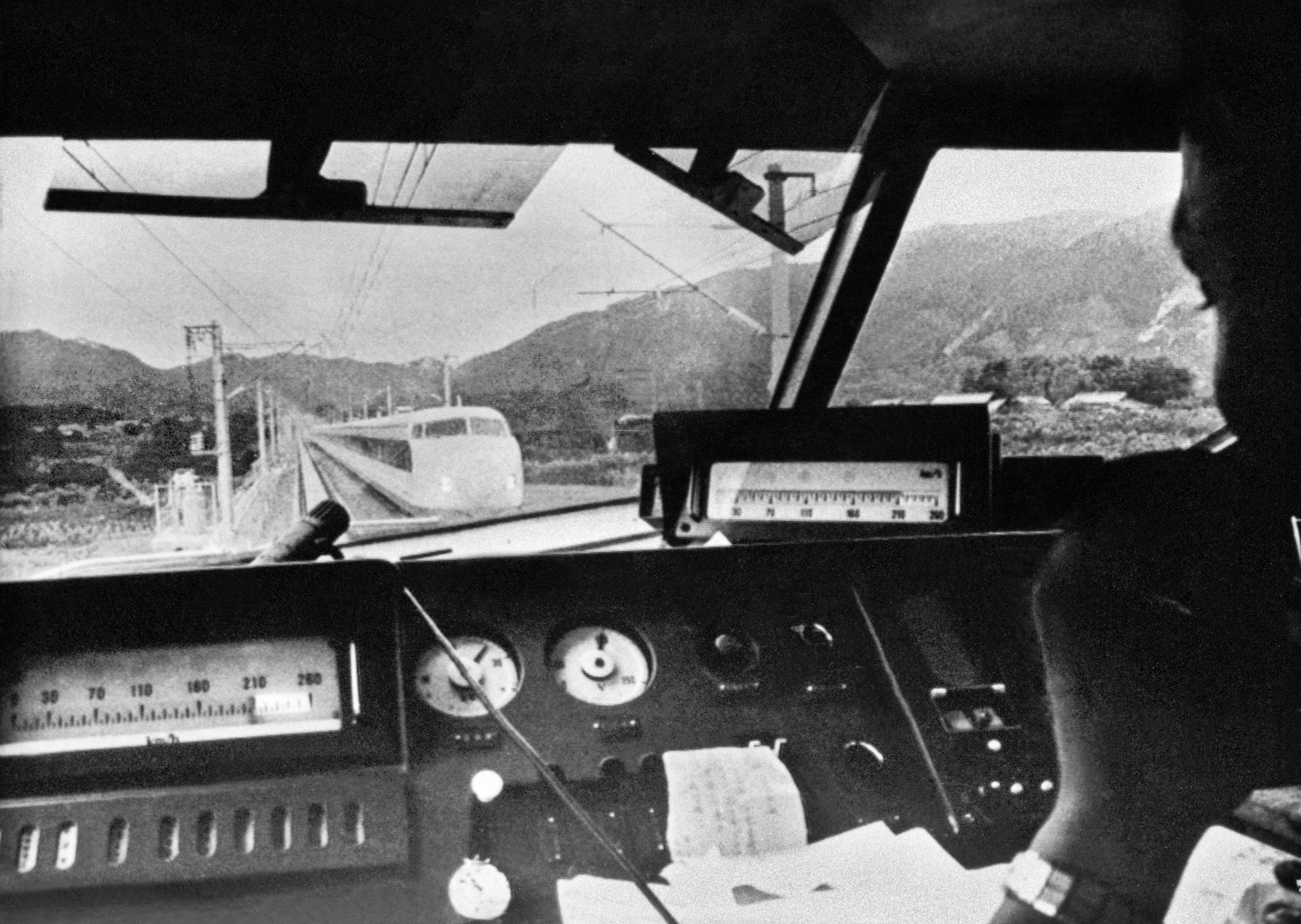

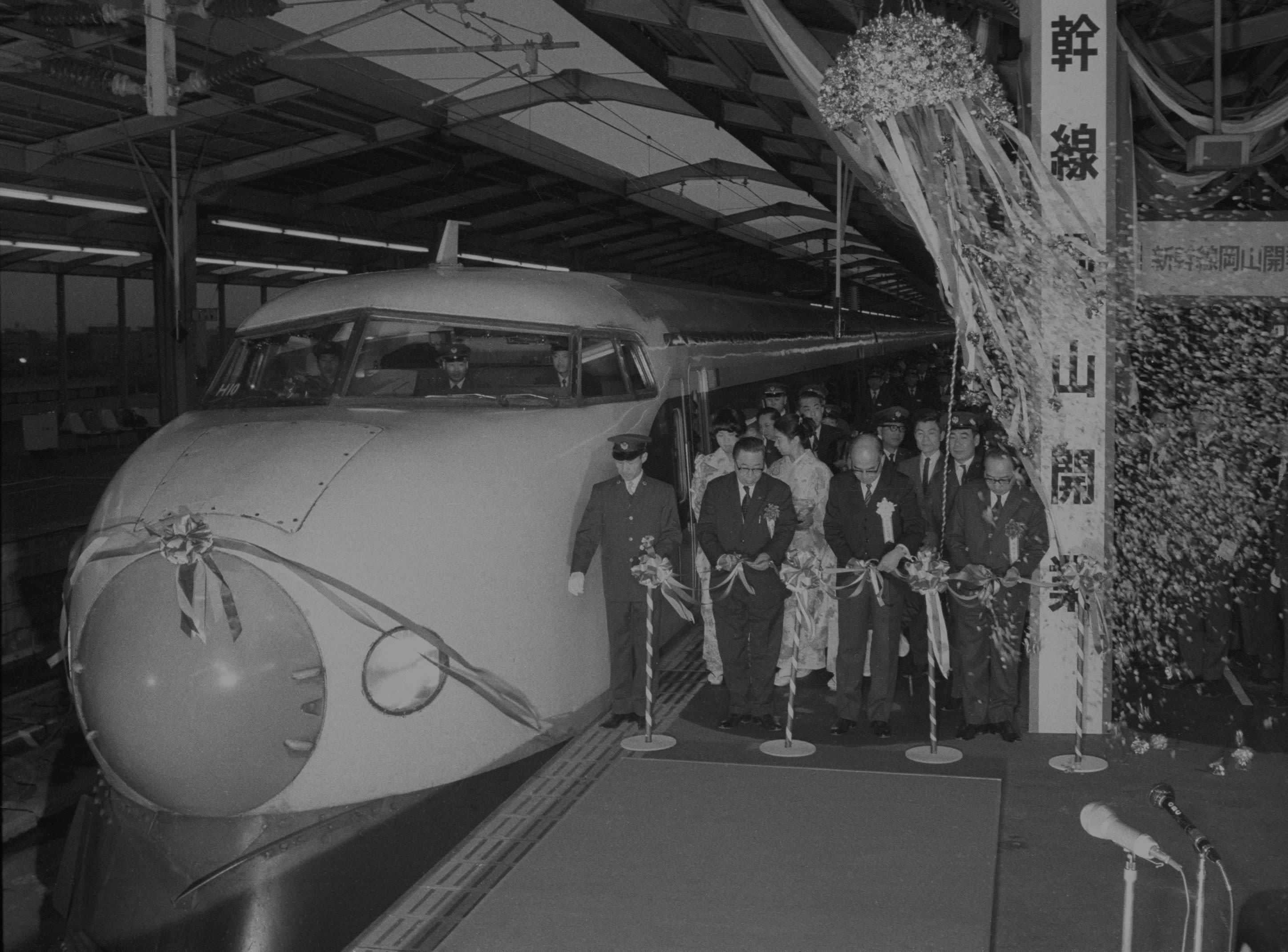
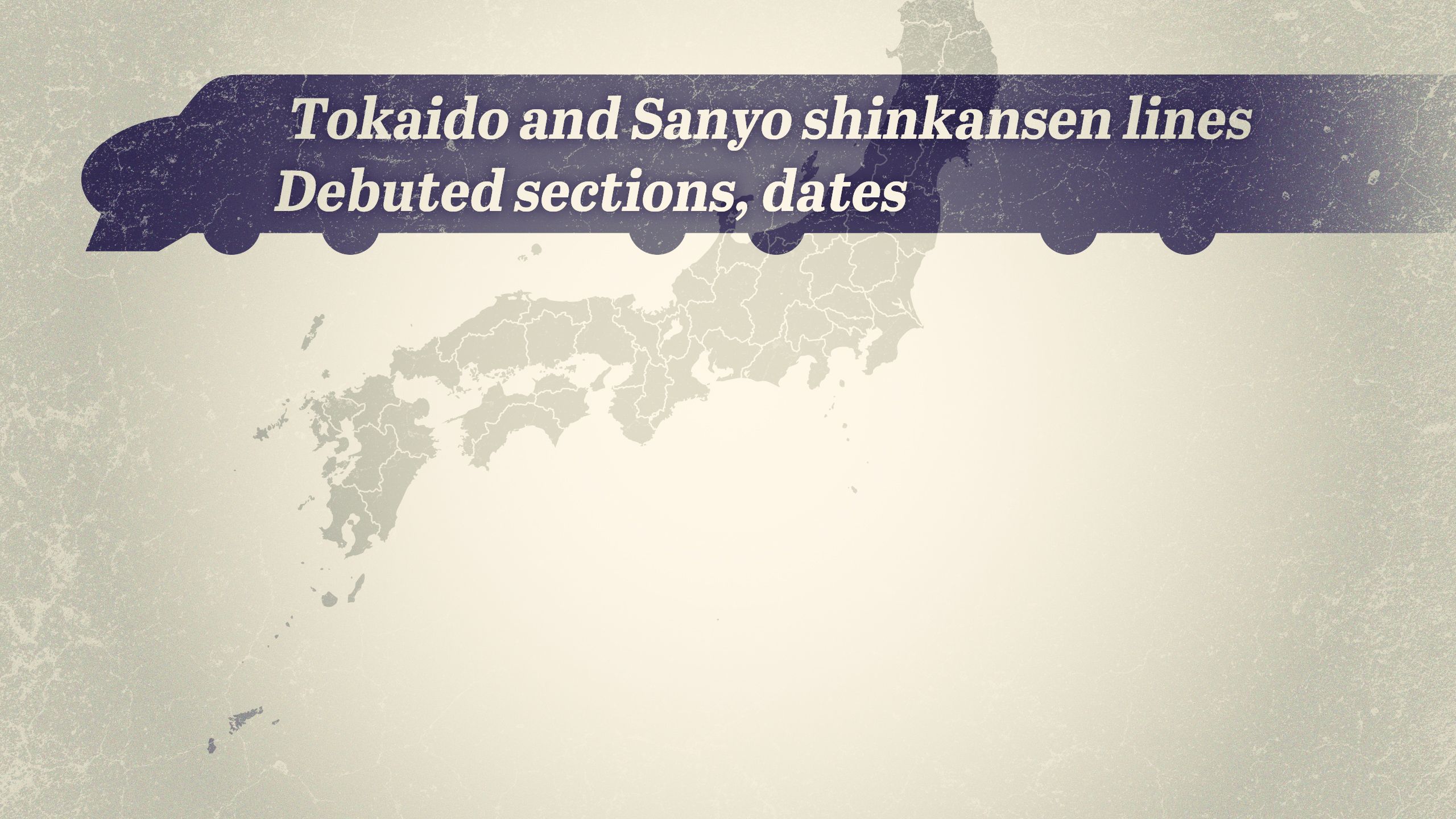
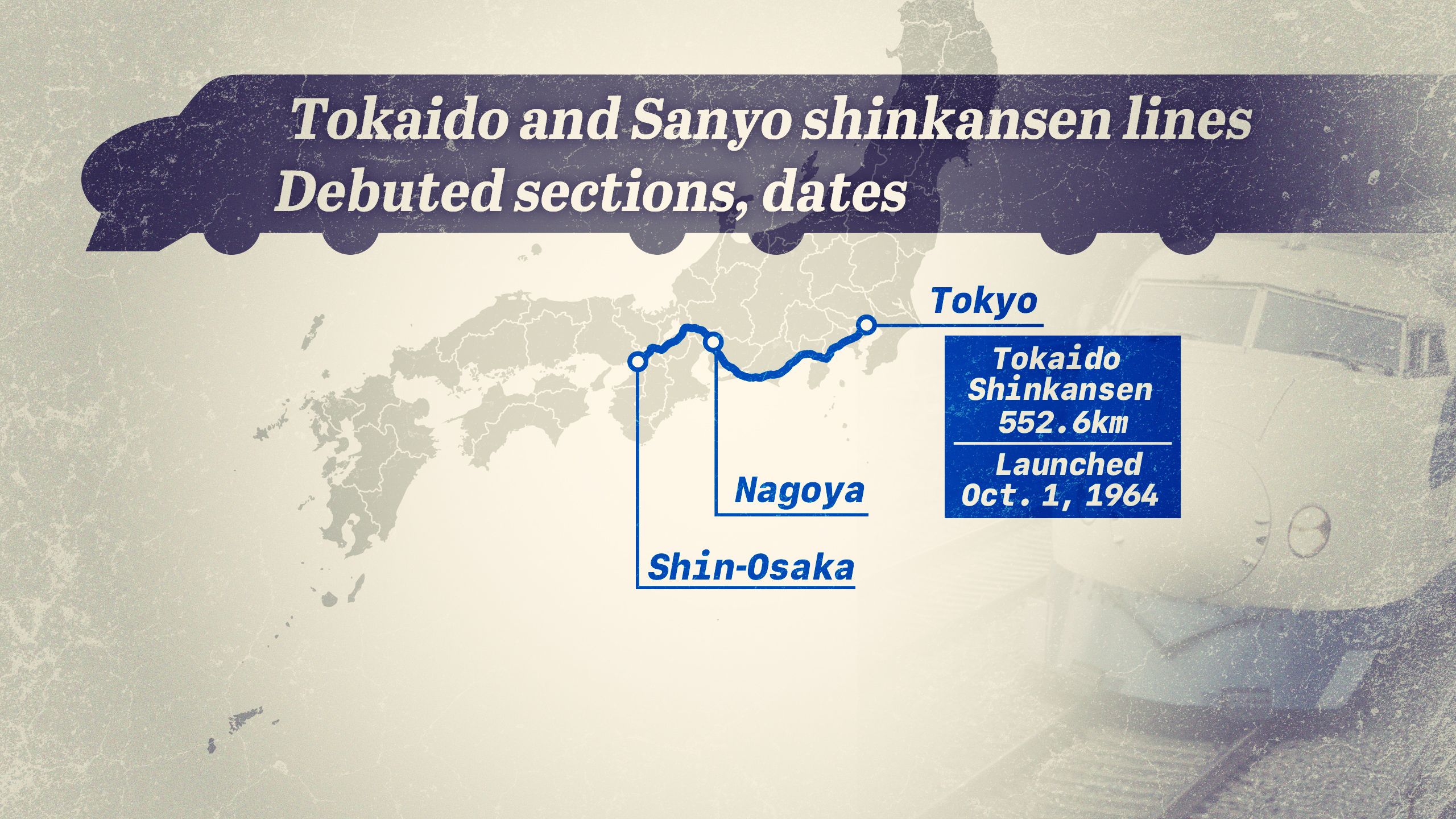

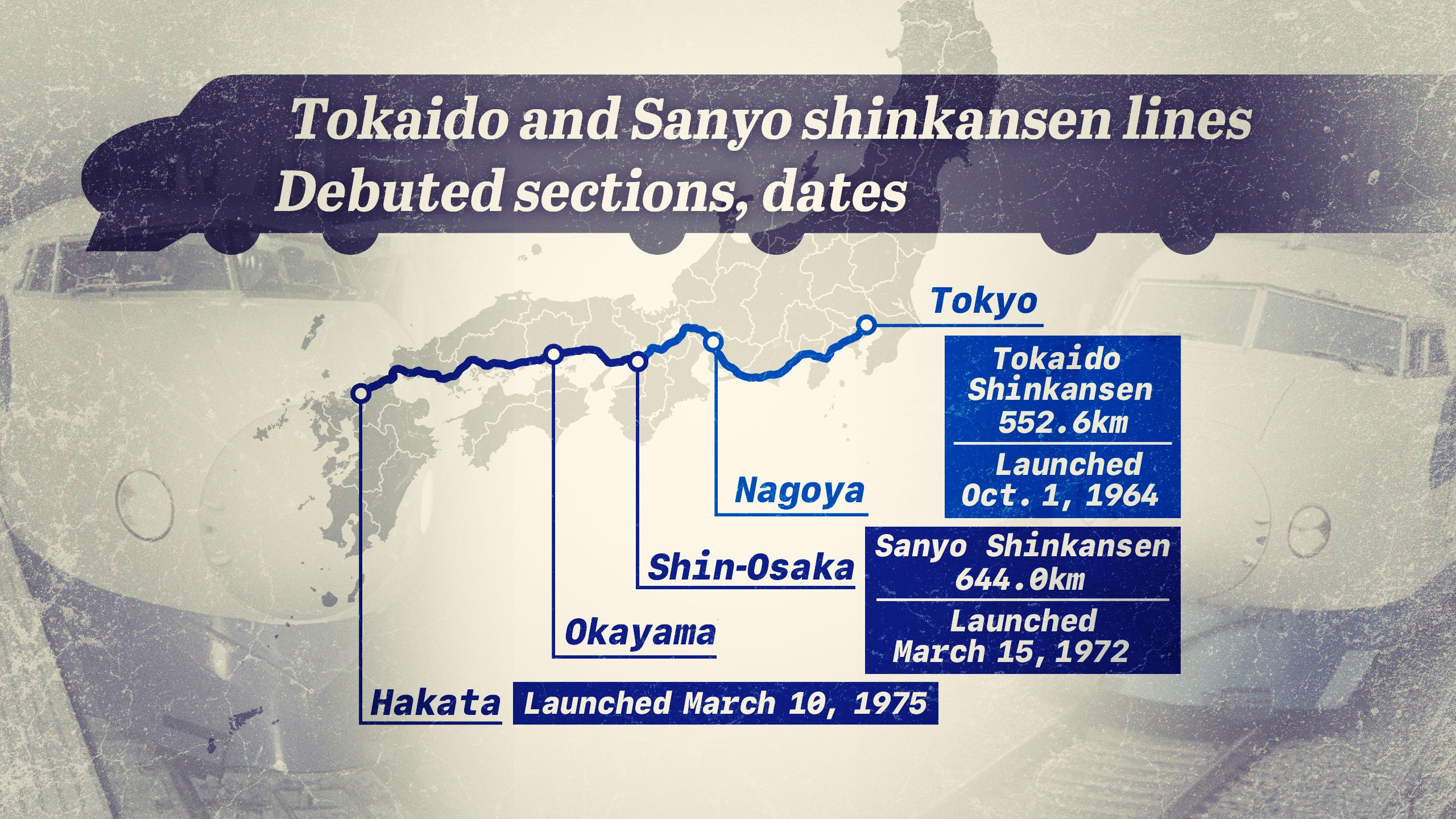
The shinkansen line expanded beyond Shin-Osaka, with the section between Shin-Osaka and Okayama launched as the Sanyo Shinkansen Line on March 15, 1972. Followed by the opening of the Okayama-Hakata section on March 10, 1975, Tokyo and Hakata (Fukuoka) were finally linked by the shinkansen service. Since JNR was privatized and broken up into several companies, now collectively known as Japan Railway, or JR, in 1987, the Tokaido Shinkansen section between Tokyo and Shin-Osaka has been operated by JR Central, or Central Japan Railway, and the Sanyo portion between Shin-Osaka and Hakata by JR West, or West Japan Railway.
From round nose to duckbill
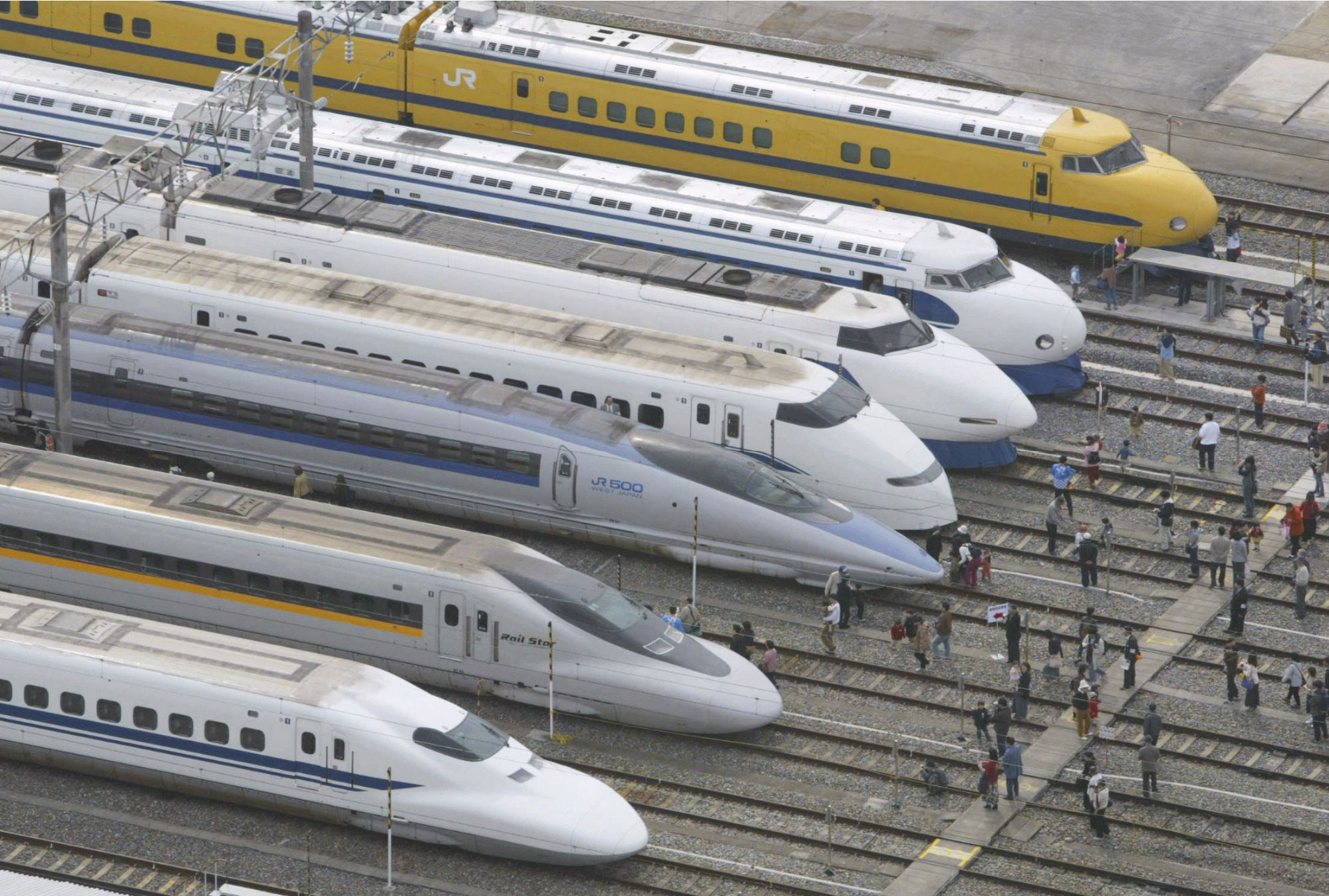

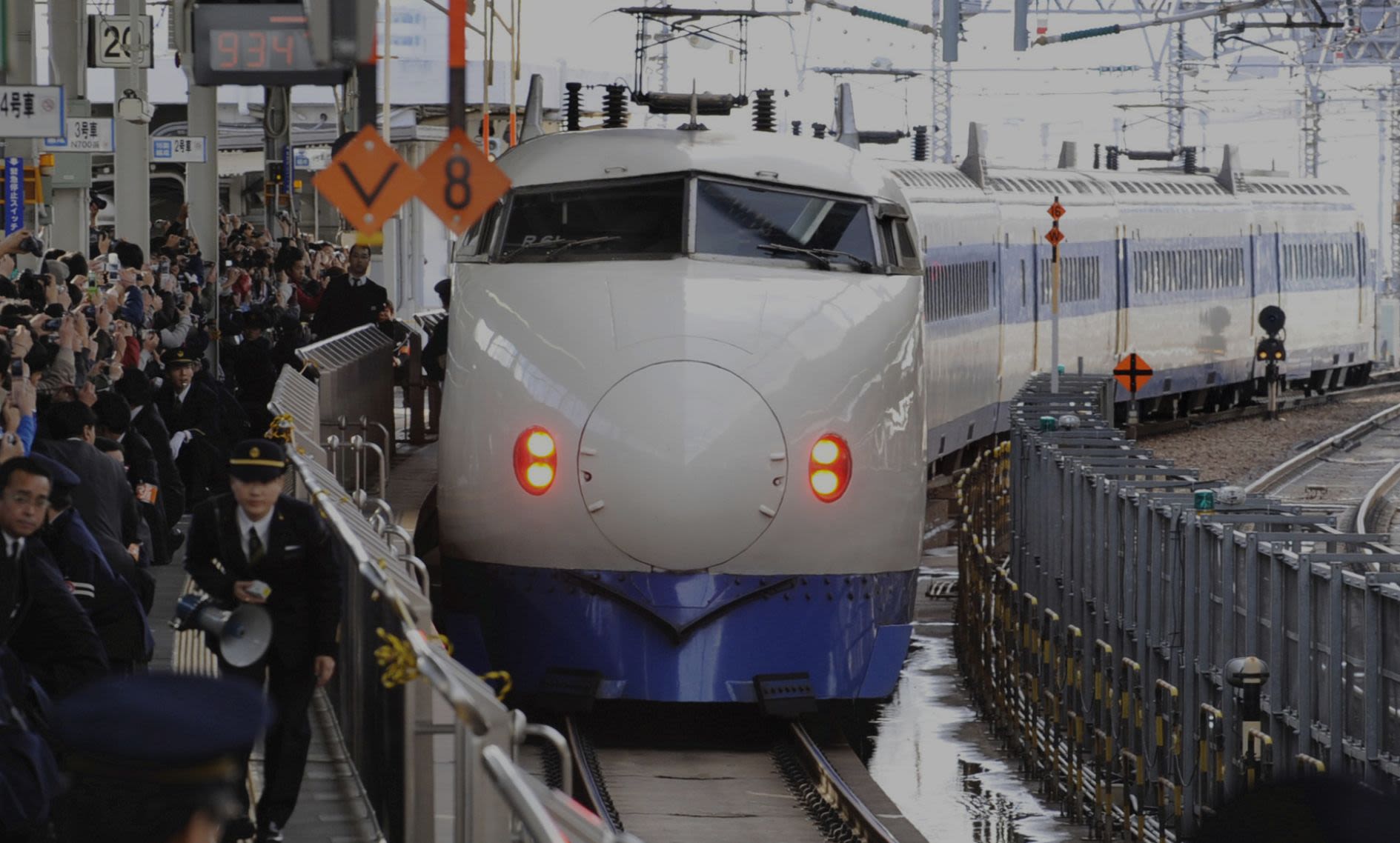
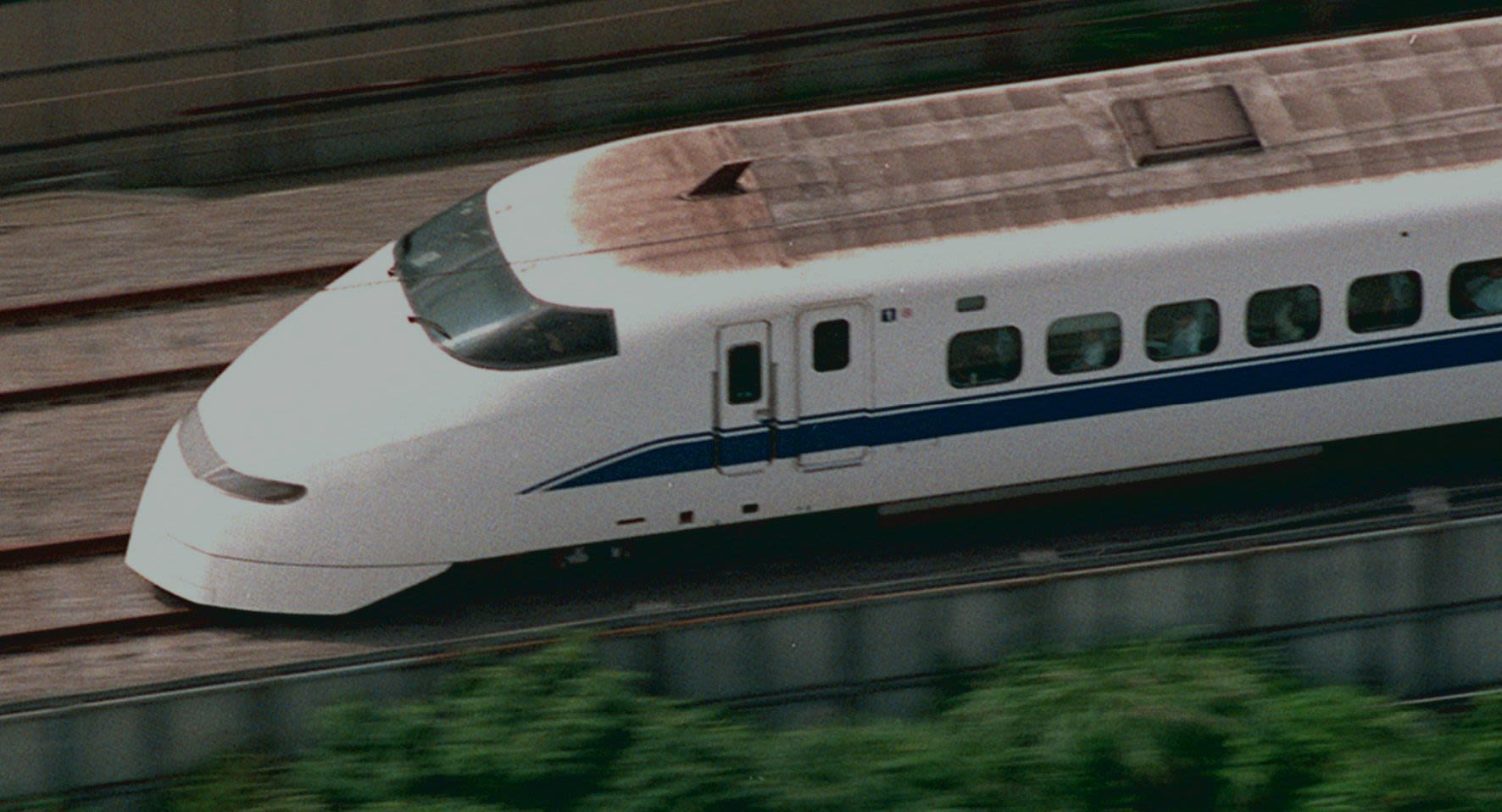
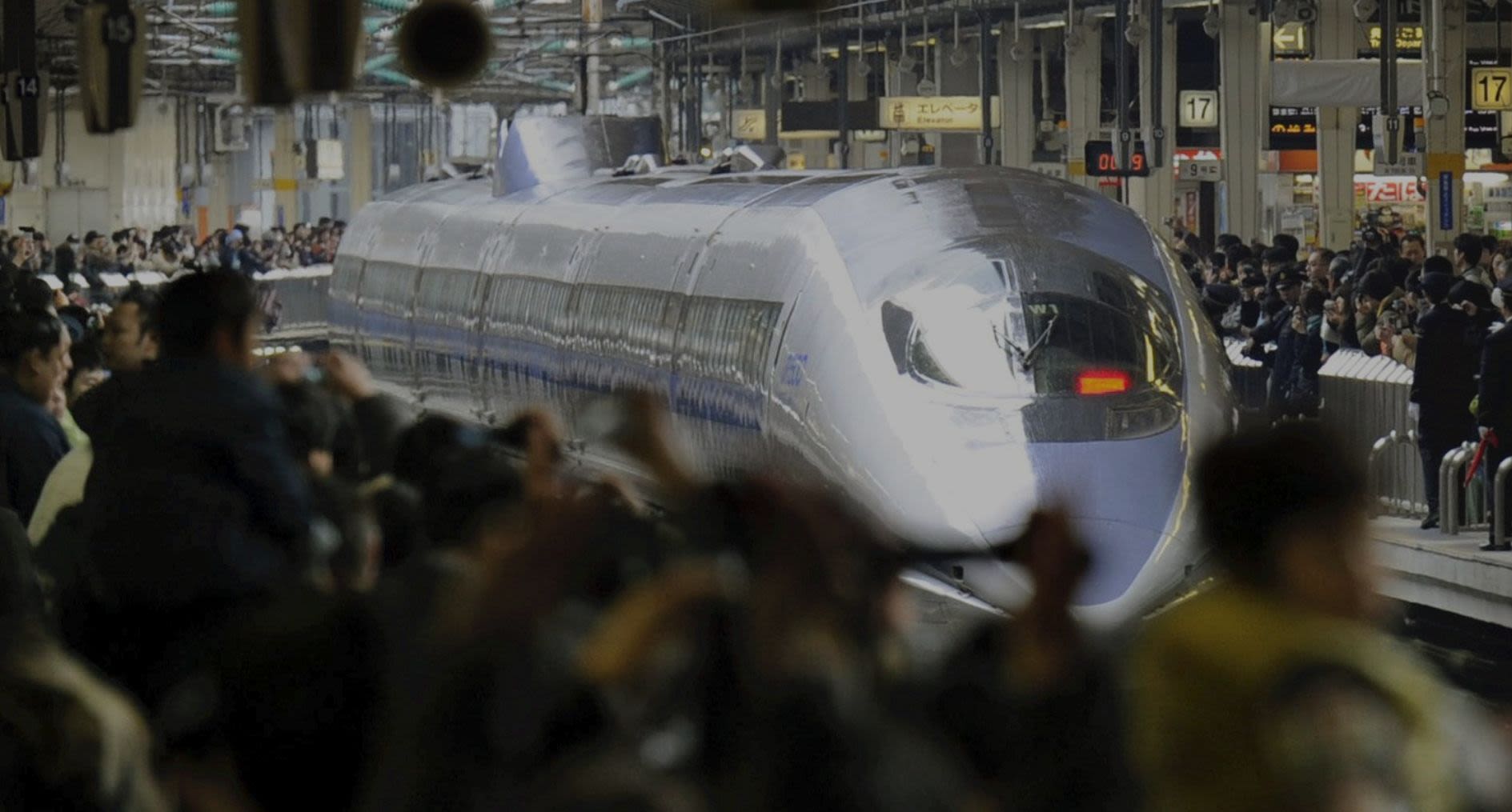

The original 0 series train sported a round nose that many, both young and old, found endearing. It ran both as the faster "Hikari" train or as the slower "Kodama," which stopped at every station. After it was complemented by the 100 series train, an even faster "Nozomi" variety debuted in 1992.
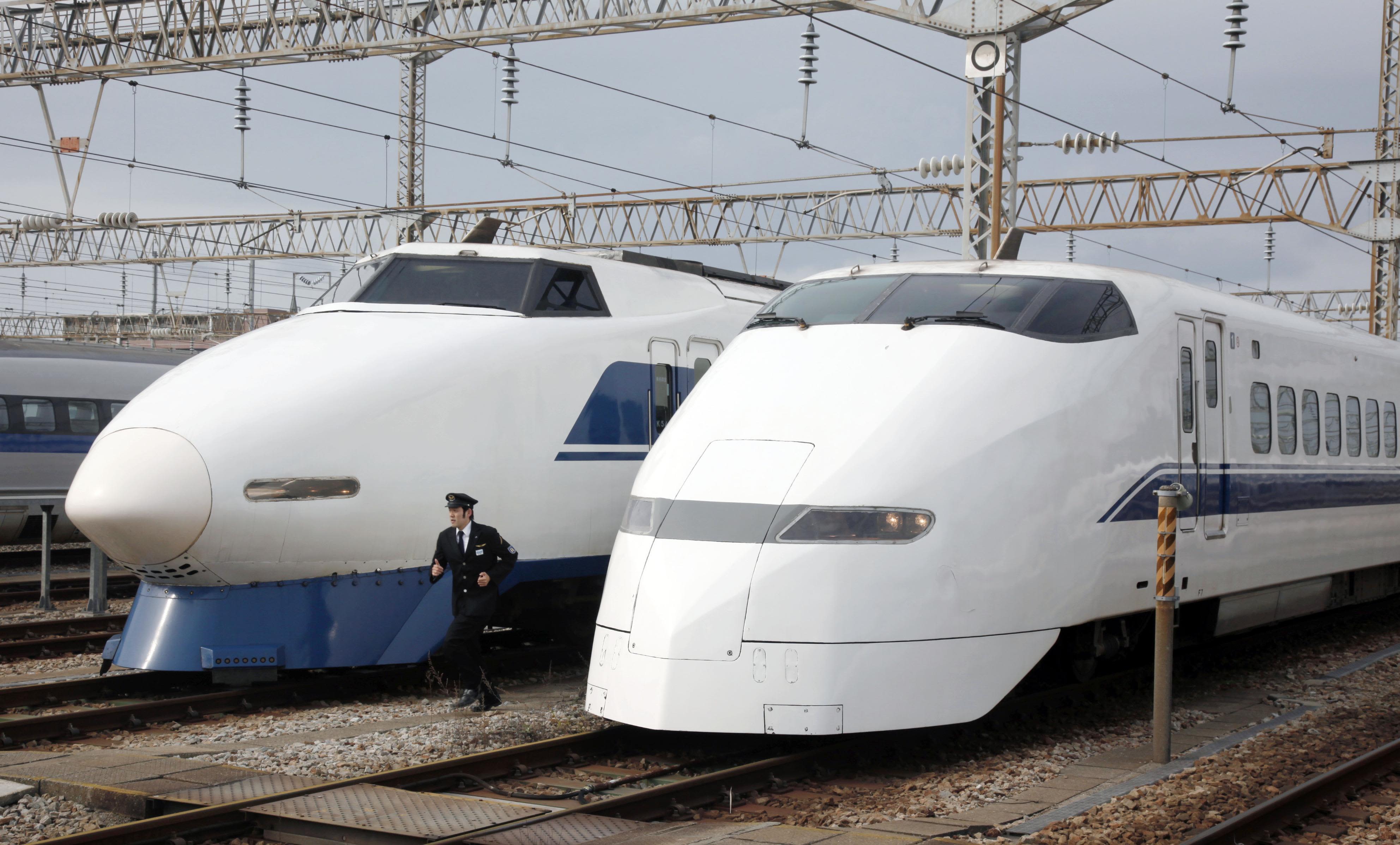
The 100-series train (L) and 300-series train, both previously the main workhorses of Tokaido and Sanyo shinkansen lines.
The 100-series train (L) and 300-series train, both previously the main workhorses of Tokaido and Sanyo shinkansen lines.
Under the newer, streamlined 300 series, which boasted top speeds of 270 kph, Nozomi shortened the time between Tokyo and Shin-Osaka to two and a half hours.
In 1997, the 500 series was put into service on the Sanyo Shinkansen Line. The train traveled at 300 kph at the fastest point on the line. The distinctively sharp, streamlined nose and airplane-like fuselage made it popular among fans.
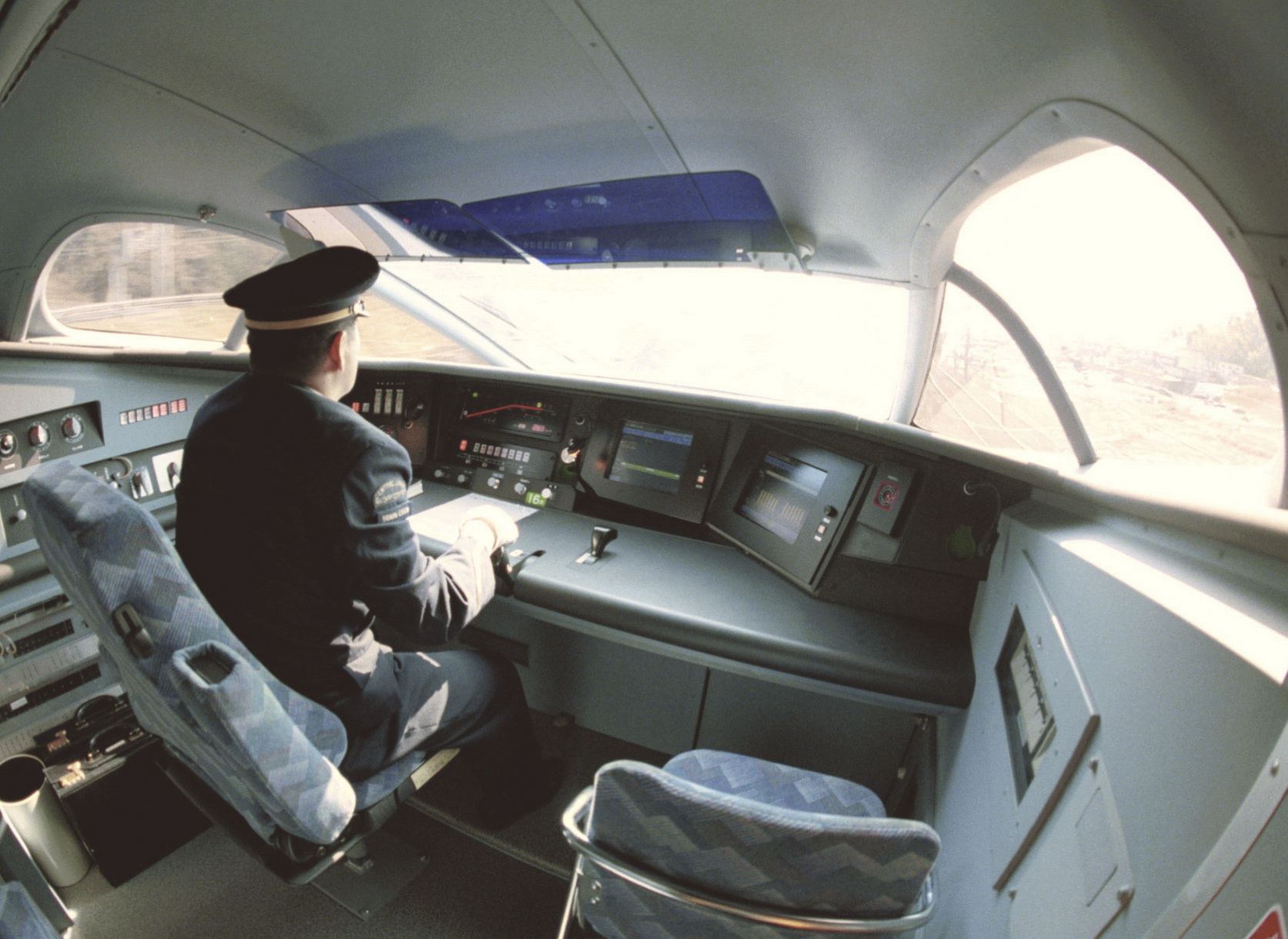
Cockpit of 700-series train.
Cockpit of 700-series train.
A newer 700-series train, whose nose resembled that of a duck-billed platypus, debuted on the Tokaido and Sanyo lines in 1999. The nose was shaped that way to minimize noise, especially when going around tunnels. Operators have since put newer trains into service, such as the N700, N700A and N700S series.
Meanwhile, the 0 series train was retired from the Tokaido line in 1999 after decades of service. Its scheduled service on the Sanyo line ended in 2008. A 0 series train has been given to Britain, the birthplace of the railway, and put on display at the National Railway Museum in York.
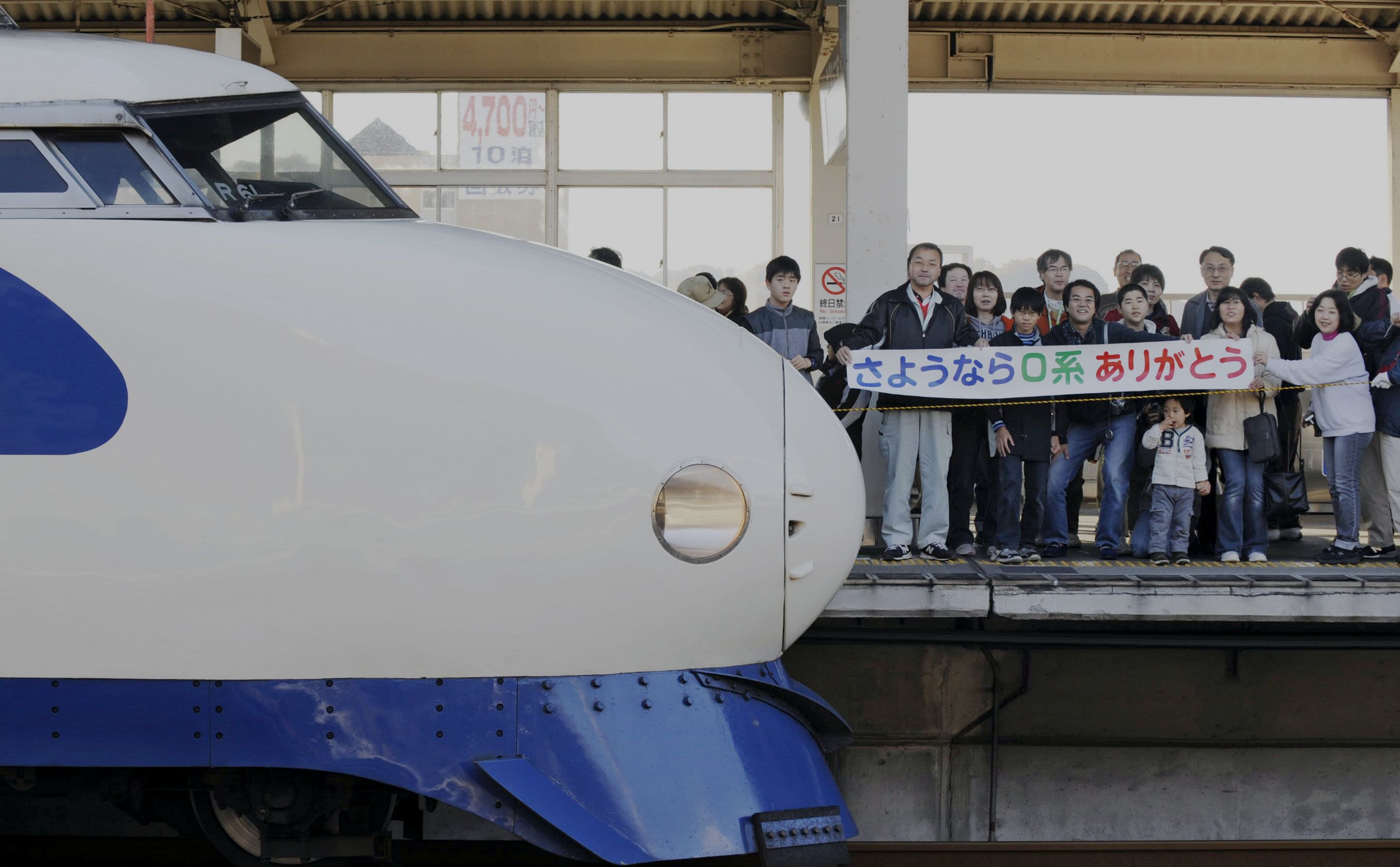
People bid farewell to 0-series train at Aioi Station in November 2008.
People bid farewell to 0-series train at Aioi Station in November 2008.
Shinkansen trains represent the work of generations of engineers who applied their skills to improving shinkansen's safety and making life better inside the cars, as well as to alleviate their impact on surrounding communities. It would be amiss not to also allude to generations of fans who have been fascinated by the bullet trains for all they represent.
Famous passengers
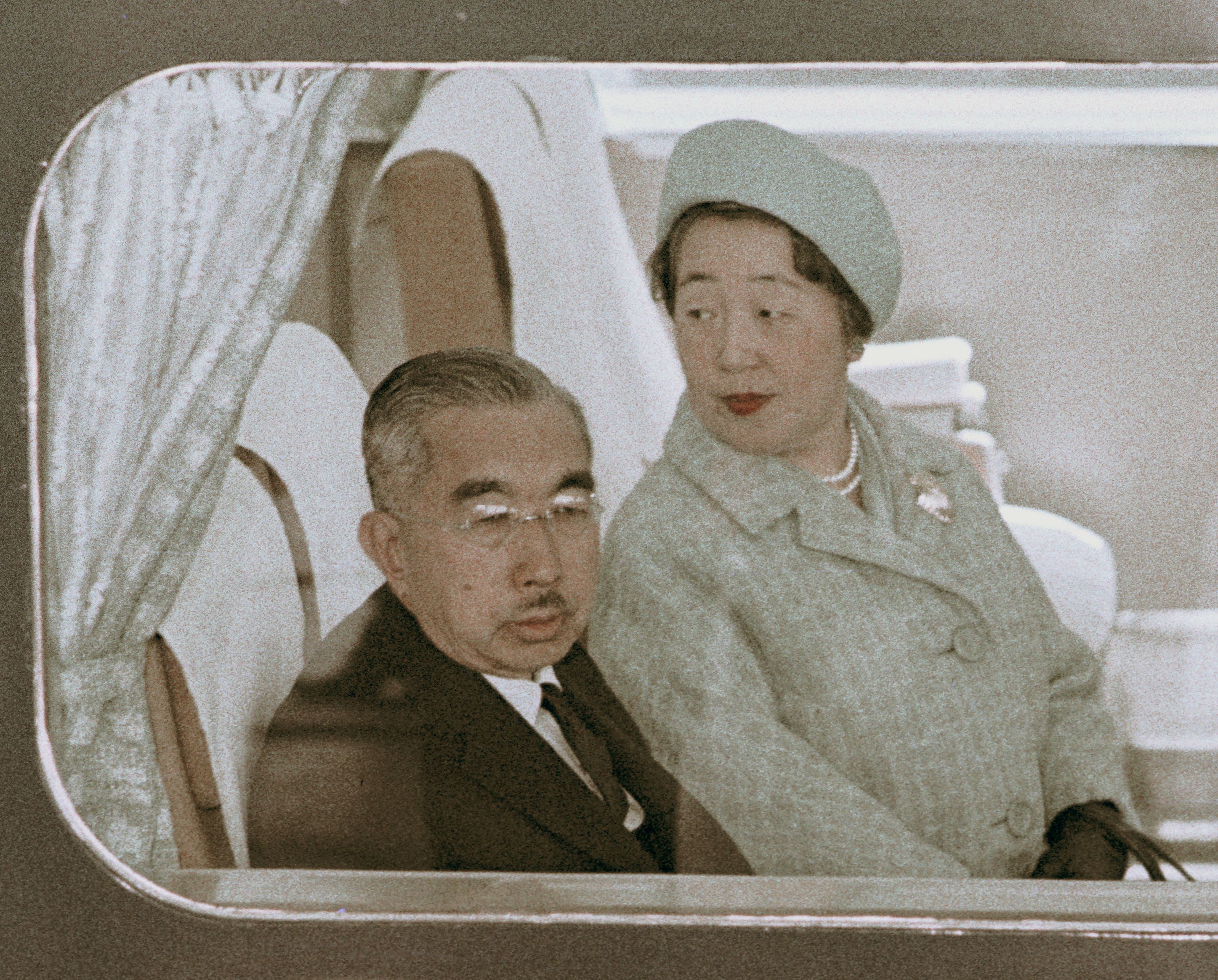
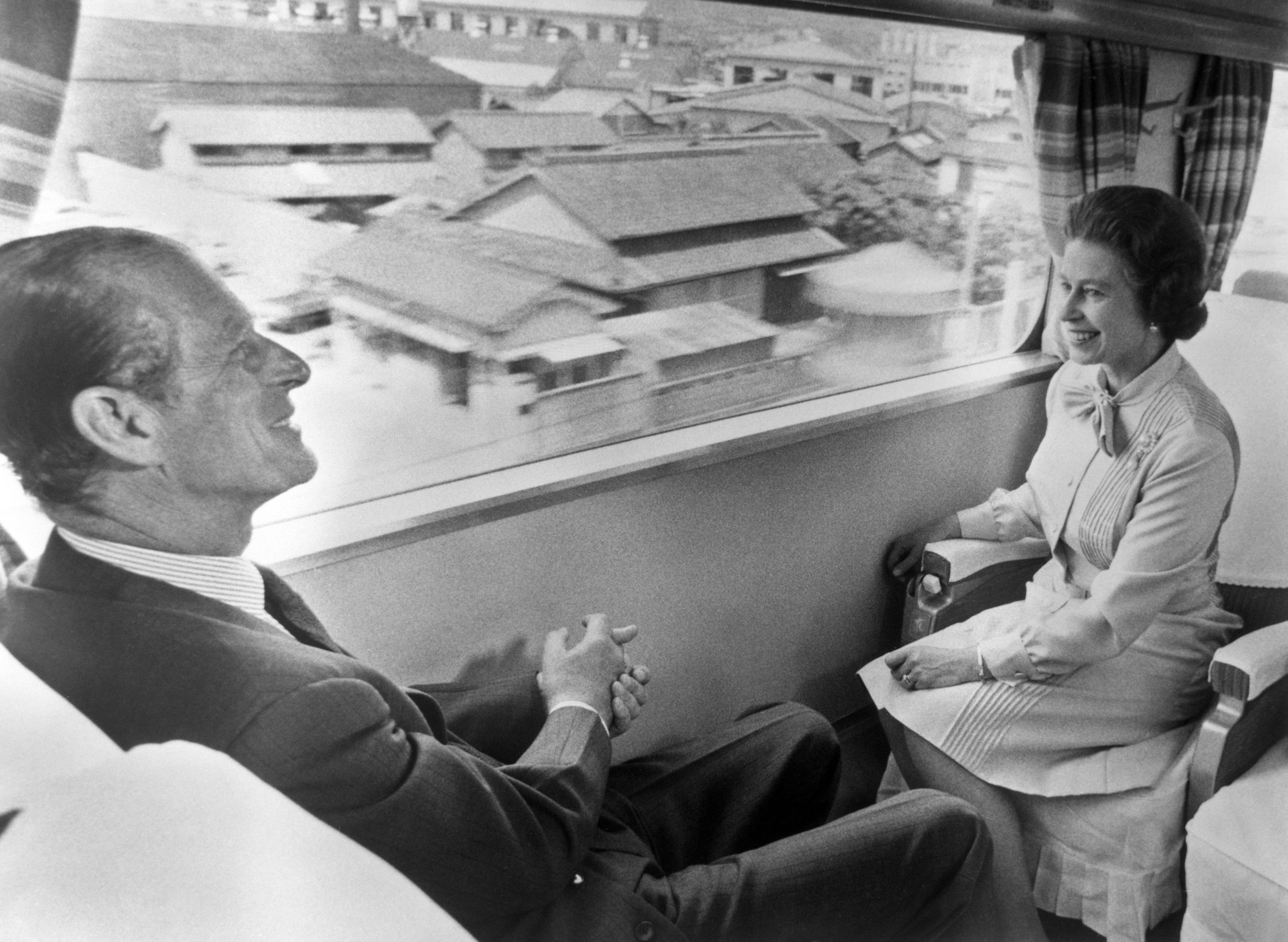
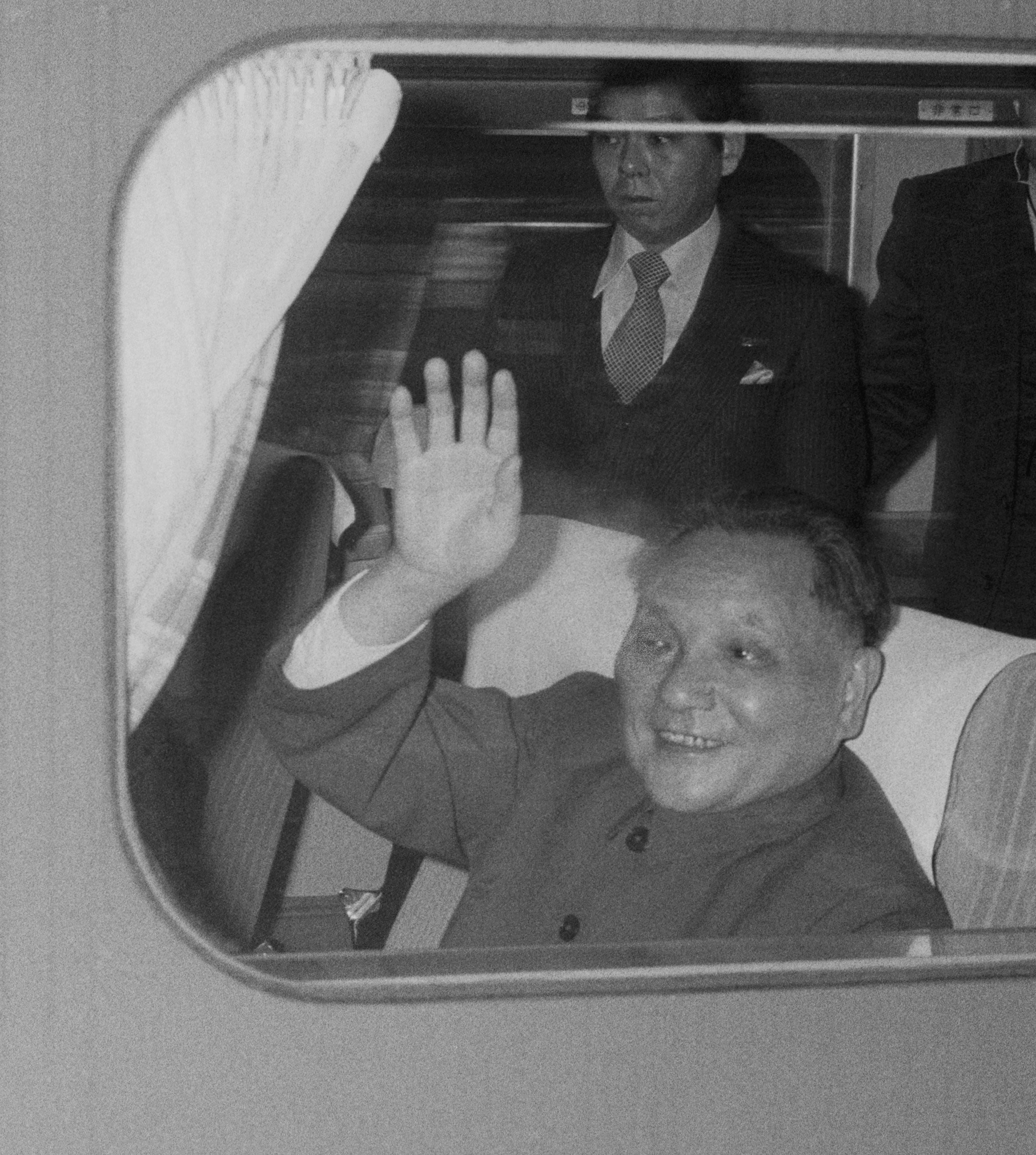
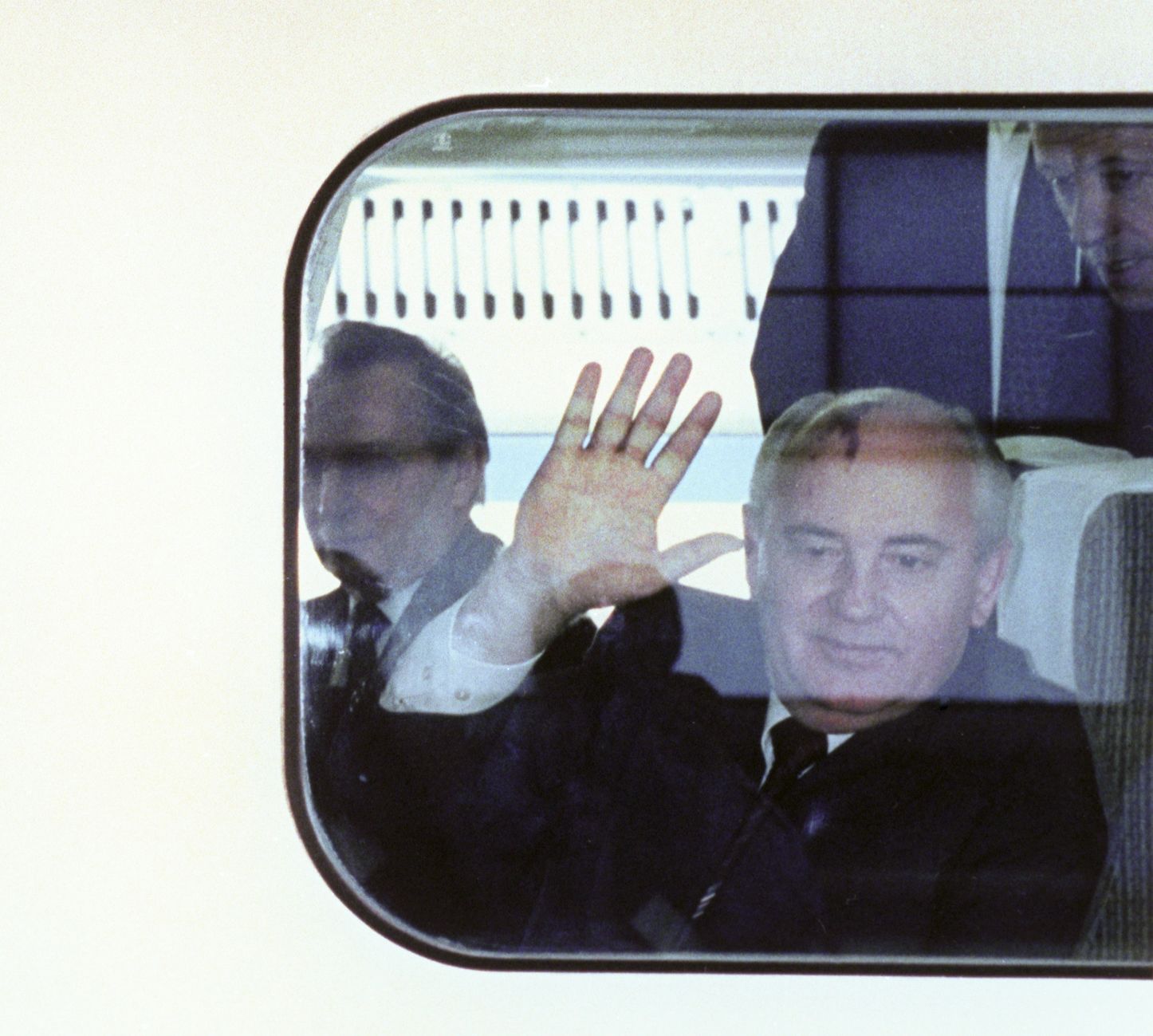
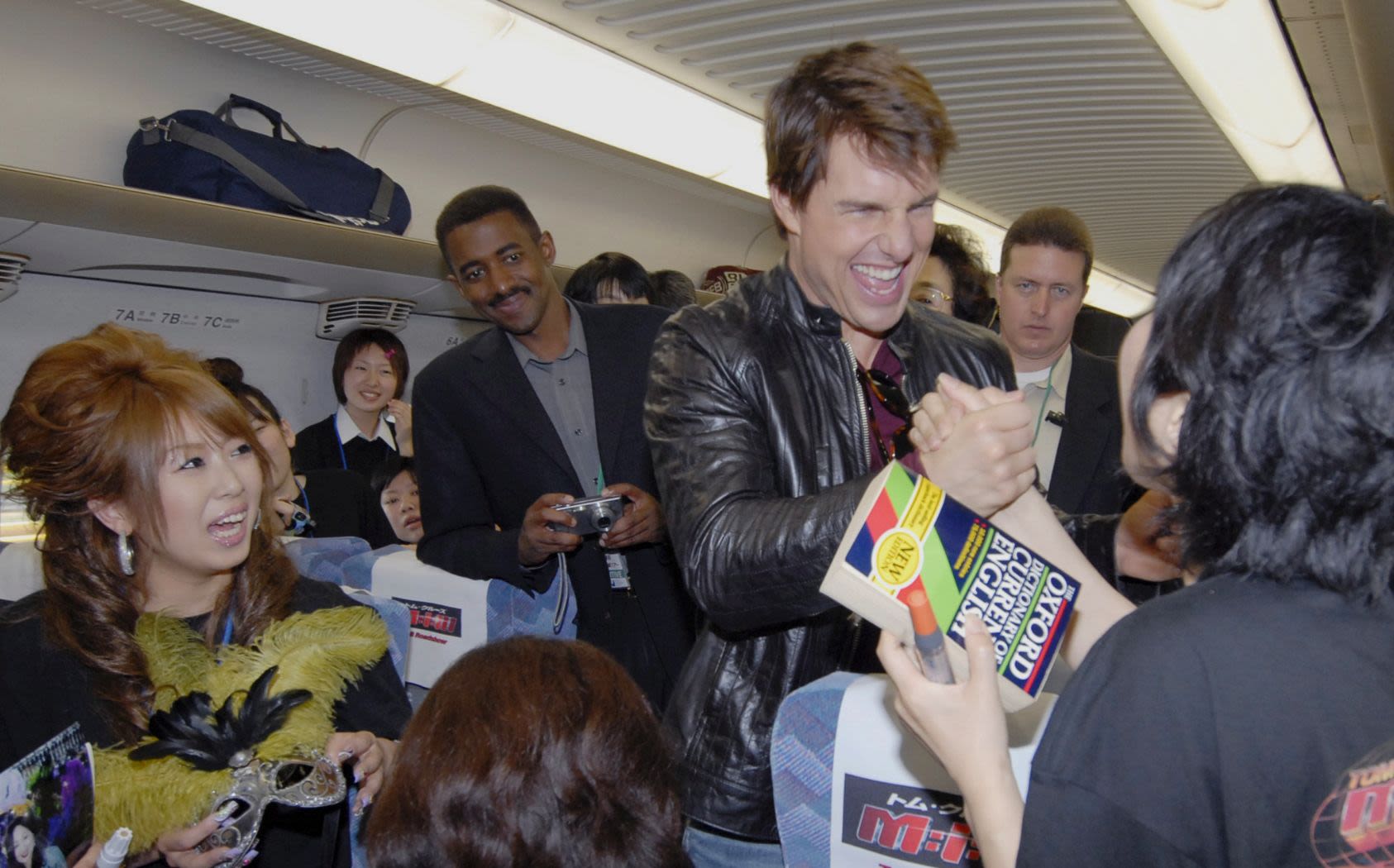
Changing with the times
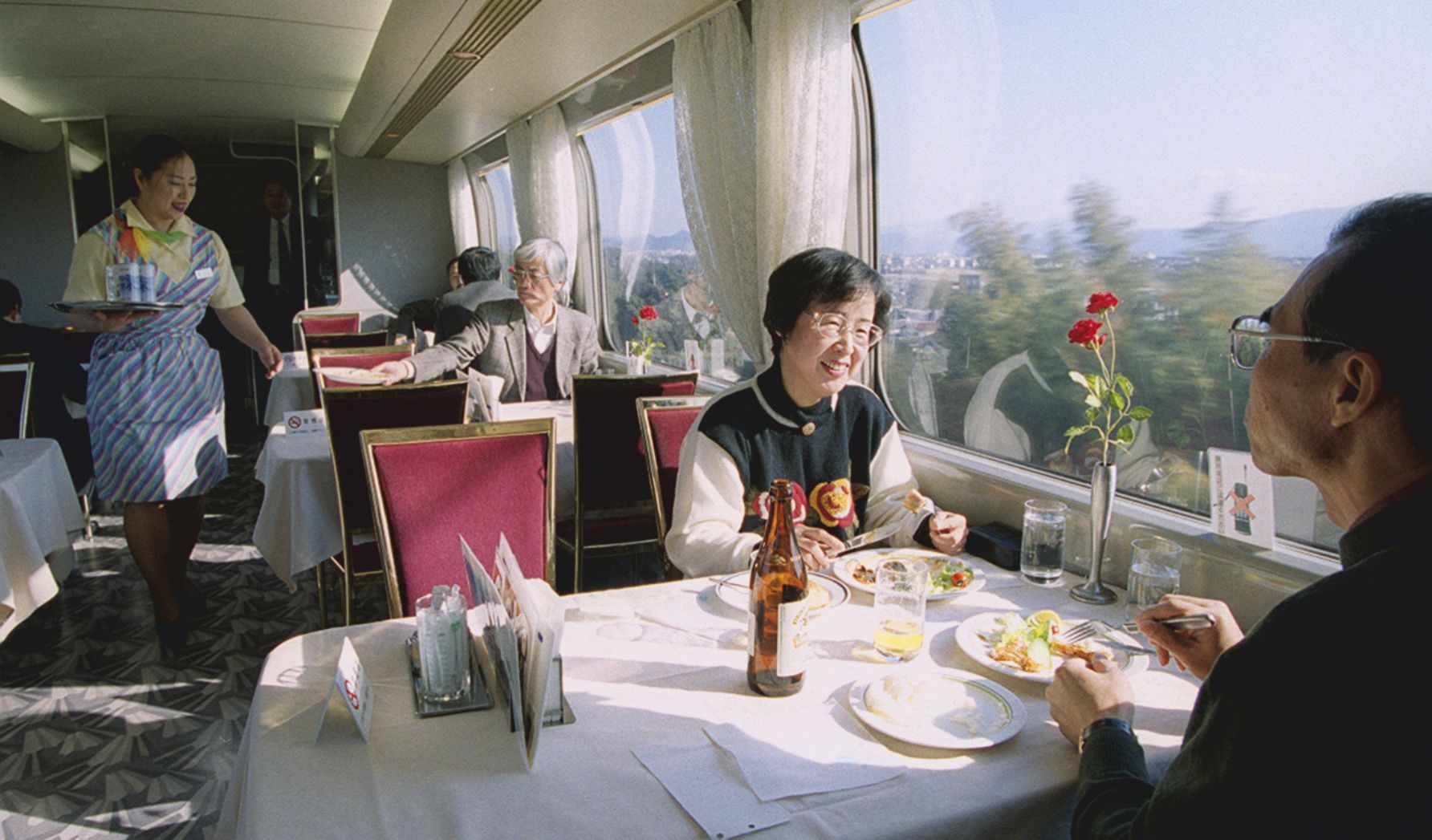

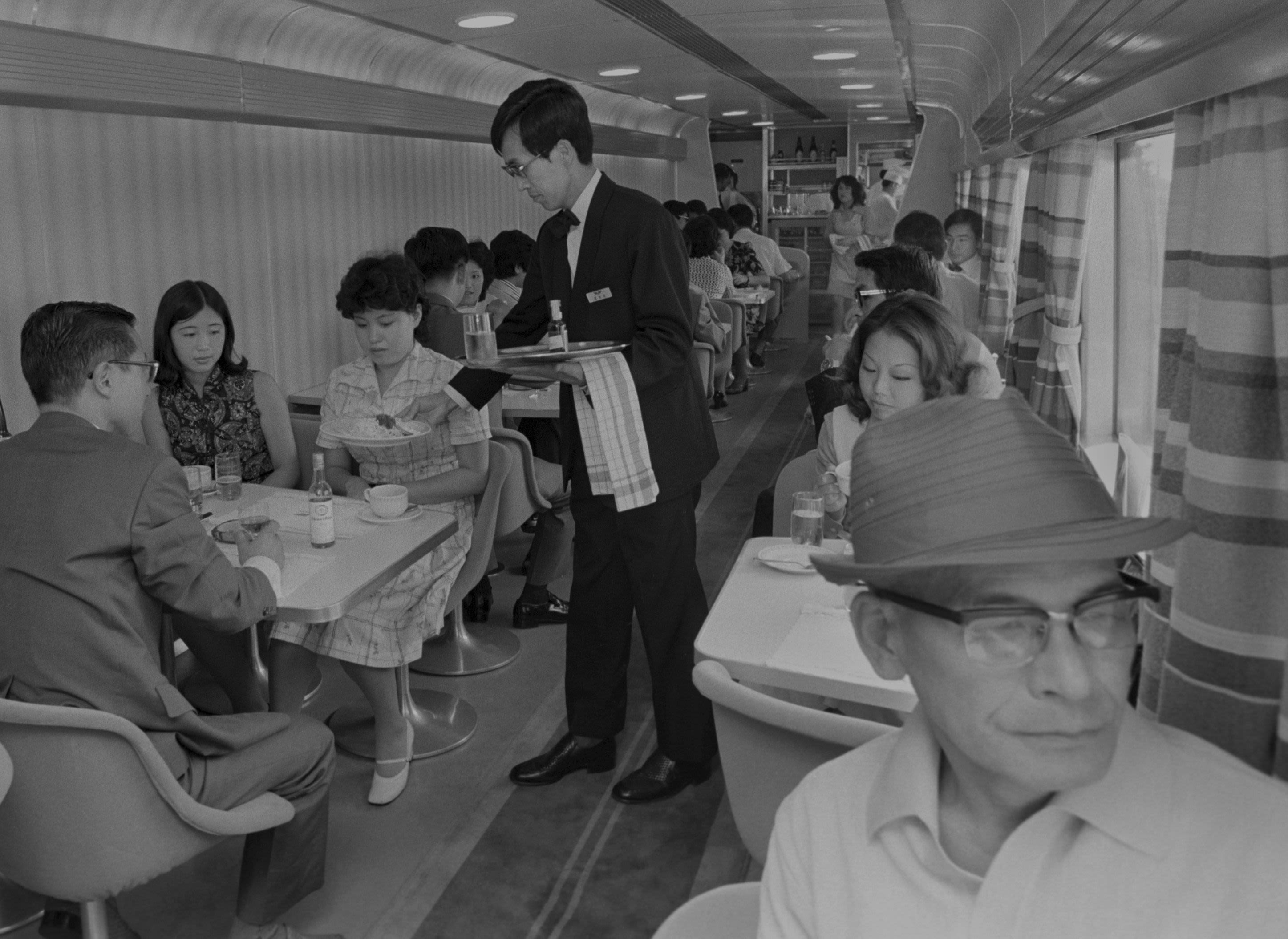
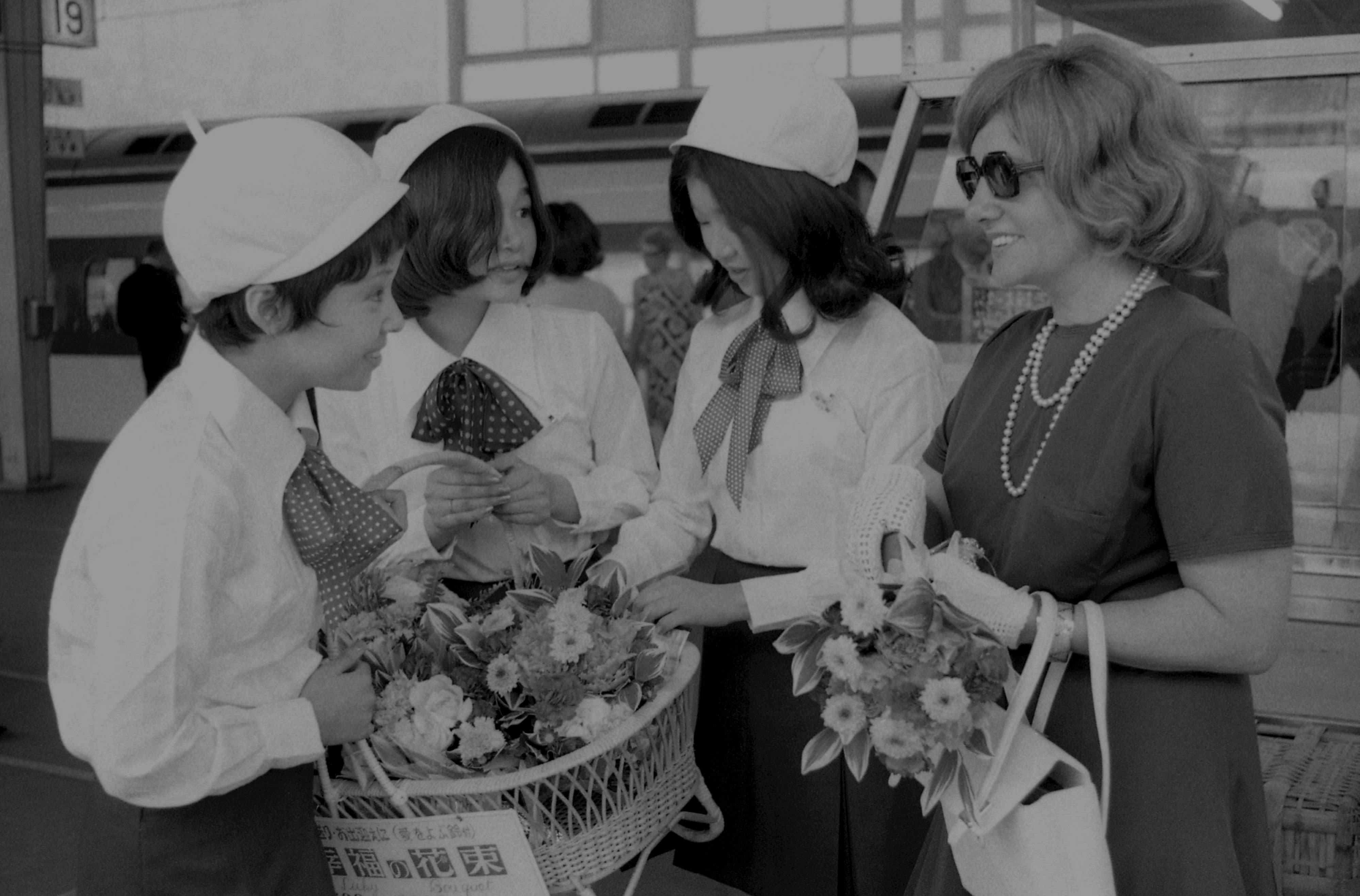
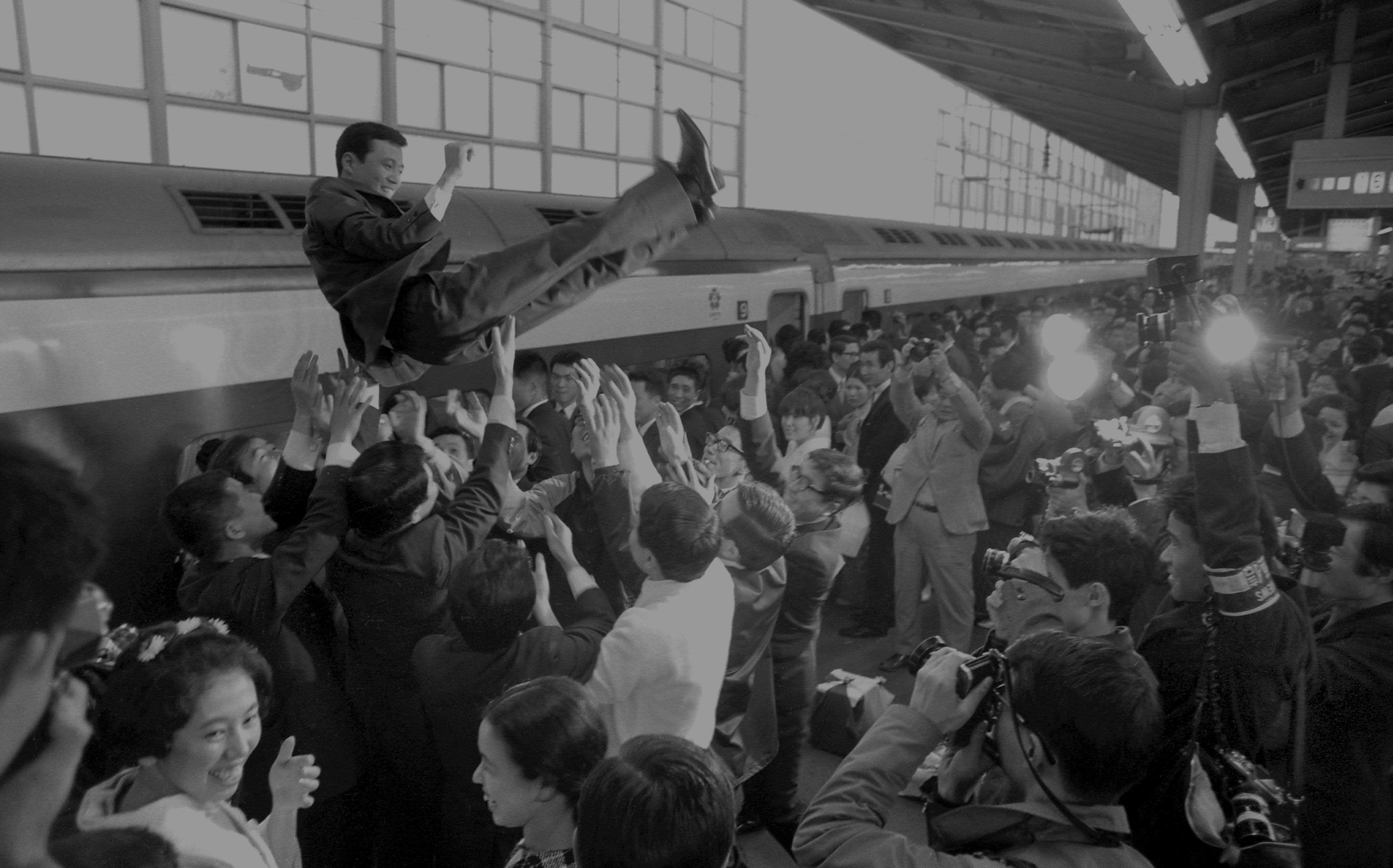
Meals used to be served on the shinkansen. Restaurant cars were put into service in 1974 after Tokyo and Okayama became connected by a single, continuous shinkansen line. Renowned hotels provided dining options, with curry rice and steak said to be among the popular items among passengers. But as retail space expanded within railway stations, more and more customers began to purchase food before they boarded. With operators seeing the need to increase passenger capacity, restaurant cars disappeared in 2000. One of the disused dining cars is on display at the SCMaglev and Railway Park museum in Nagoya, central Japan.
Even in-car carts that sold bento lunch boxes, coffee, beer and some souvenirs had gone on the Tokaido Shinkansen Line by the end of 2023. Old-timers lament the disappearance of popular cart items such as brewed coffee and ice cream. But premium-seat passengers are still able to order products through a new service that utilizes people's mobile phones. In-car carts are also still in use in some trains on the Sanyo Shinkansen Line.
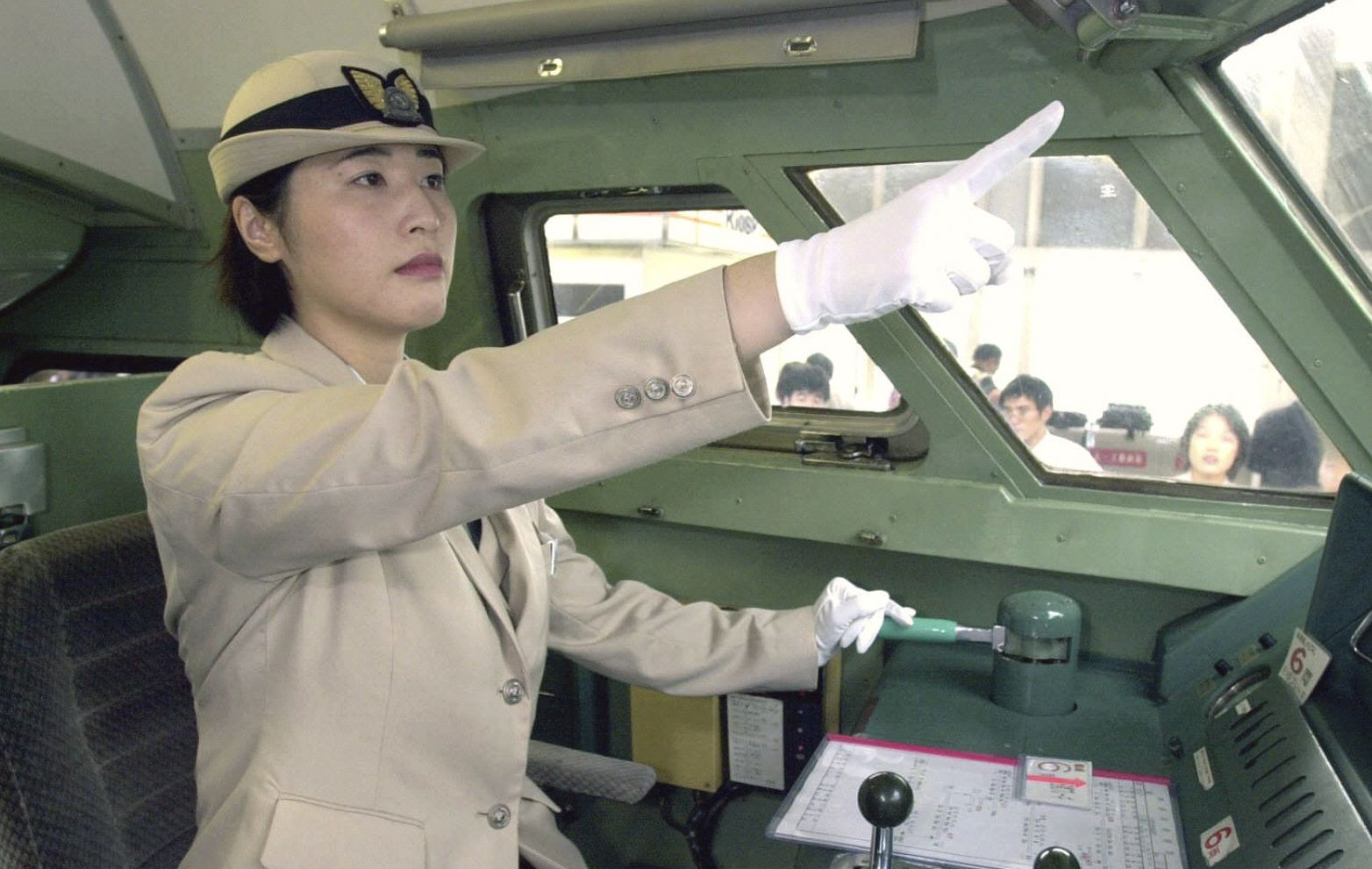
Rumi Yamashita of JR West became the first full-time female shinkansen driver in 2000.
Rumi Yamashita of JR West became the first full-time female shinkansen driver in 2000.
Once a male-dominated industry, women have become more involved in operating shinkansen trains over the years. After a 1999 revision to the labor standards law repealed restrictions on women working late-night hours, a JR West employee in 2000 became the first full-time female shinkansen driver, operating Sanyo Shinkansen trains. JR Central's Tokaido Shinkansen followed suit in 2003. Today, a number of women work as shinkansen drivers and conductors.
Shinkansen services have changed over the years, and will keep doing so to keep up with the times.
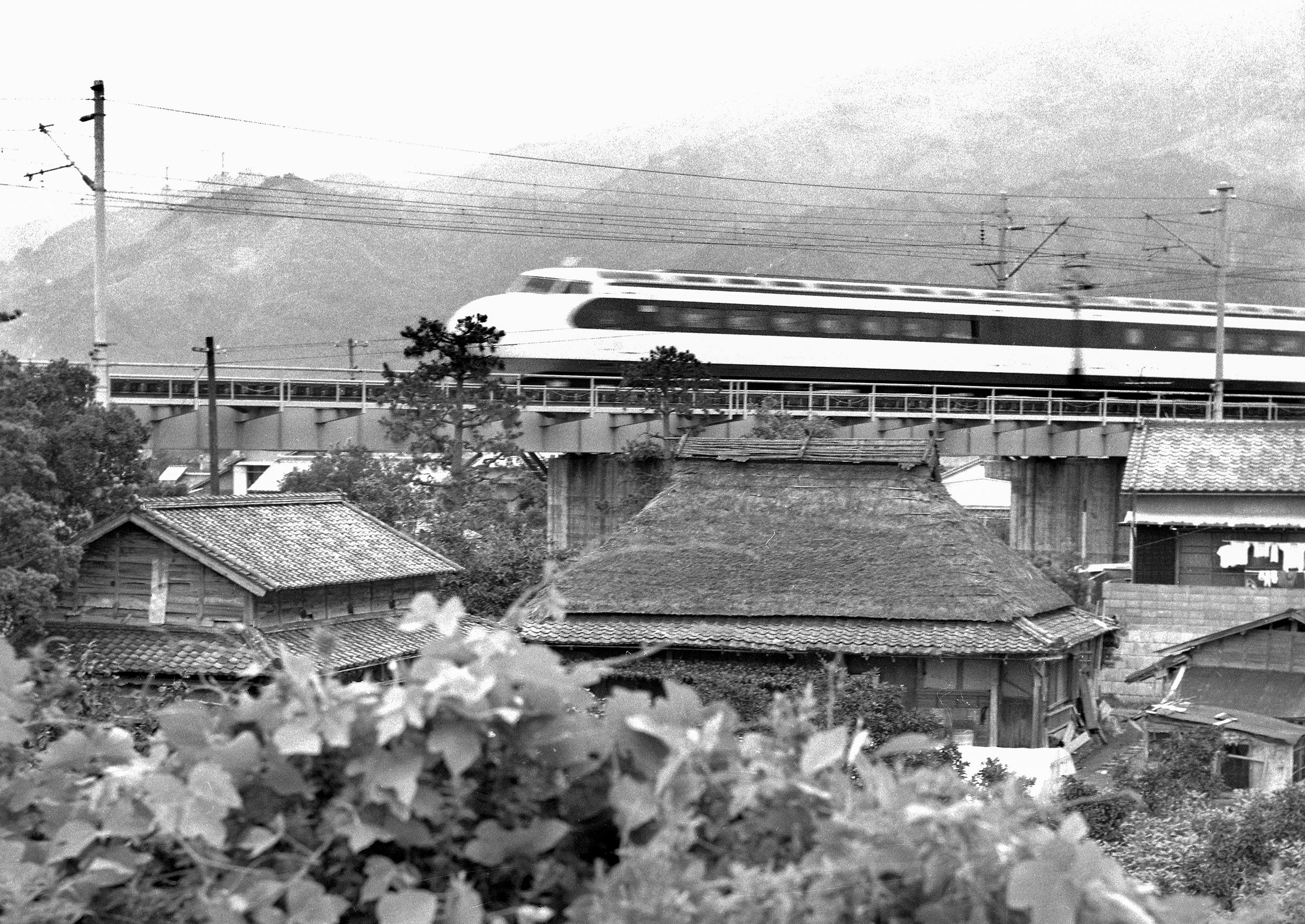
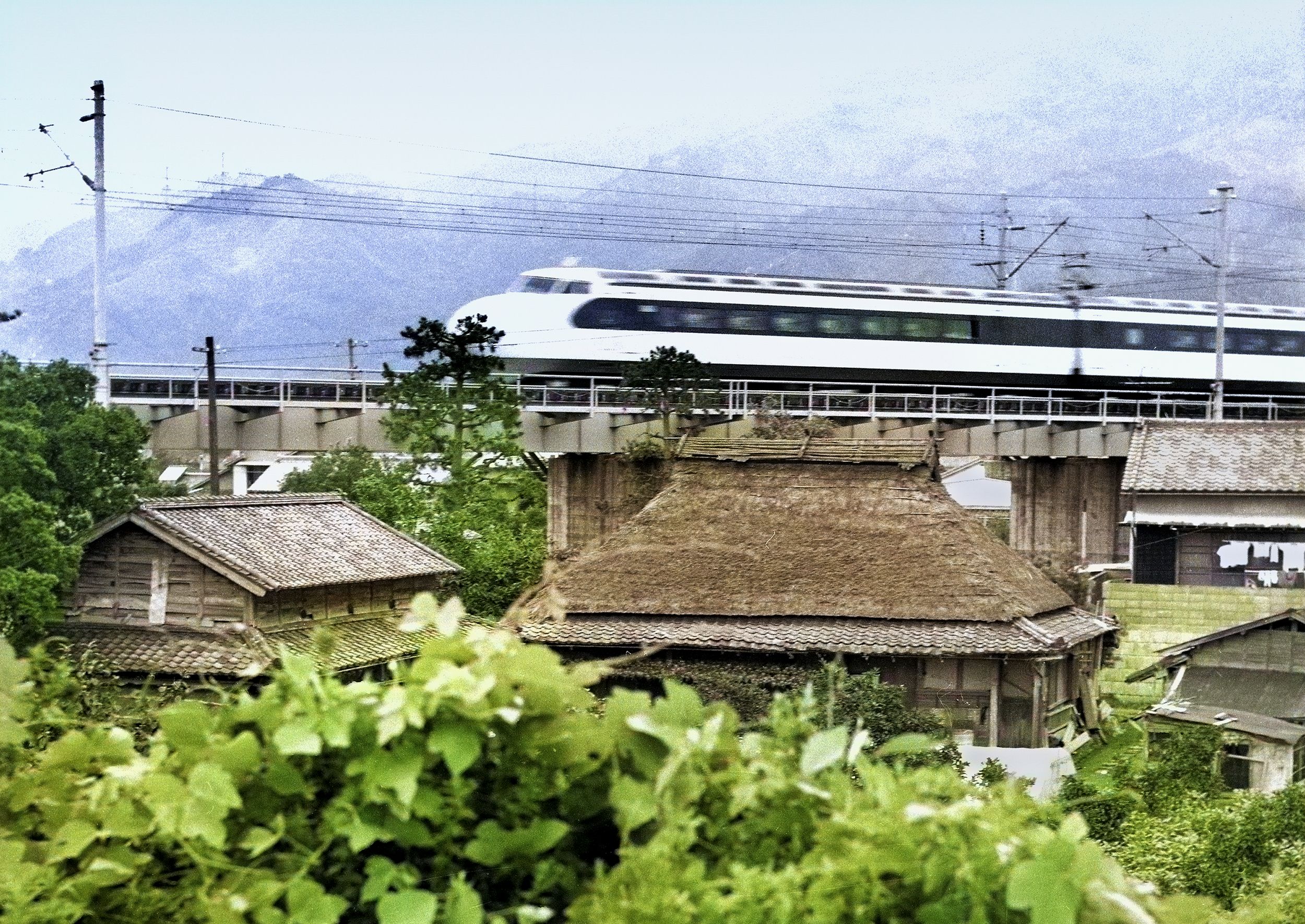
Content director: Yuki Murayama
Text: Makoto Nishimura
Design: Motoki Akamine
Motion: Sakura Tsuchiya
Translation: Daisuke Yamamoto
Production Support: Shiodome Railway Club
Fumine Tsutabayashi, Yukihiro Takahashi
Technical Support: Kevin Chow
Cover photo by Shojiro Horiuchi. Dated July 8, 1968.
↑ Tap here to read "Shinkansen Part 2"
Kyodo News retains a vast photo archive dating back at least 150 years that can be used commercially. If you are interested in our photos, including those used in this visual story, check the KYODO NEWS IMAGELINK website below.
The Company uses Google Analytics, an access analysis tool provided by Google. Google Analytics uses cookies to track use of the Service. (Client ID / IP address / Viewing page URL / Referrer / Device type / Operating system / Browser type / Language /Screen resolution) Users can prevent Google Analytics, as used by the Company, from tracking their use of the Service by downloading and installing the Google Analytics opt-out add-on provided by Google, and changing the add-on settings on their browser. (https://tools.google.com/dlpage/gaoptout) For more information about how Google handles collected data: Google Analytics Terms of Service (https://policies.google.com/technologies/cookies?hl=en#types-of-cookies) Google Privacy & Terms(https://policies.google.com/privacy)
© Kyodo News. All Rights Reserved. No reproduction or republication without written permission.

